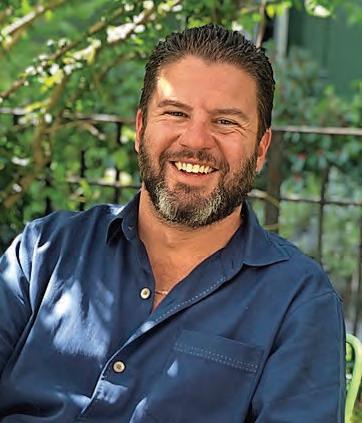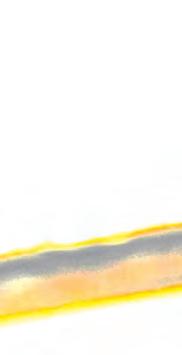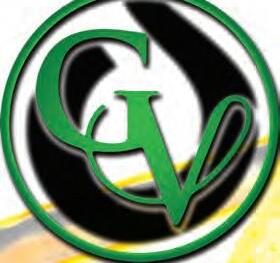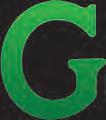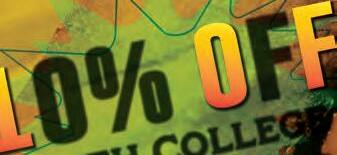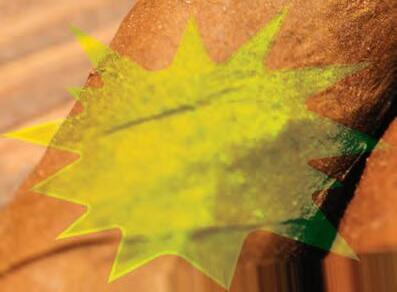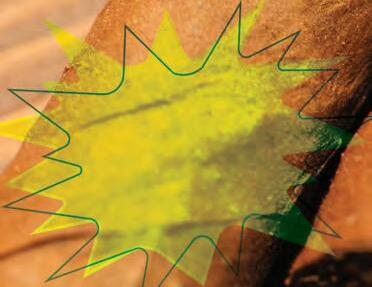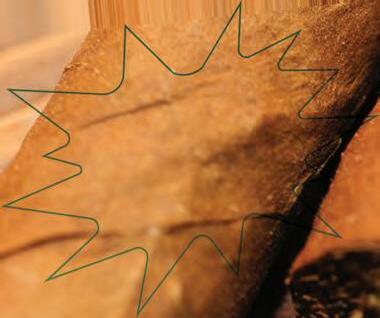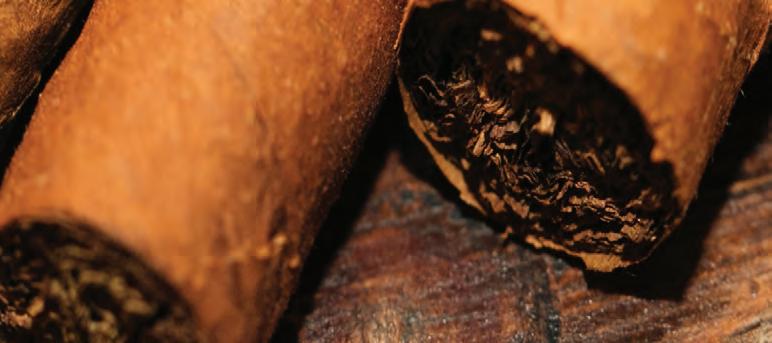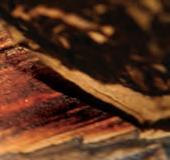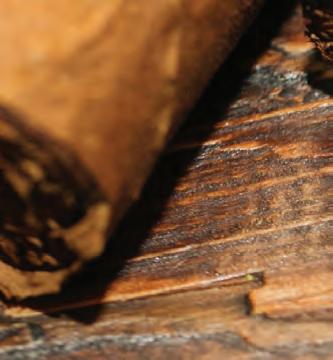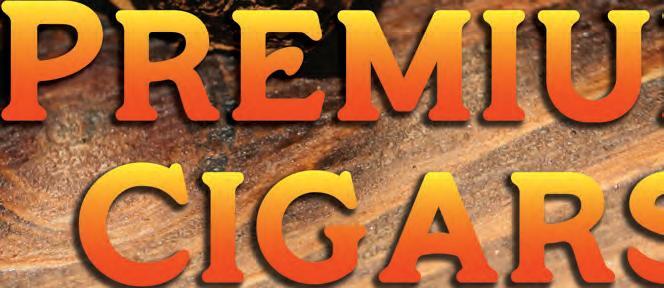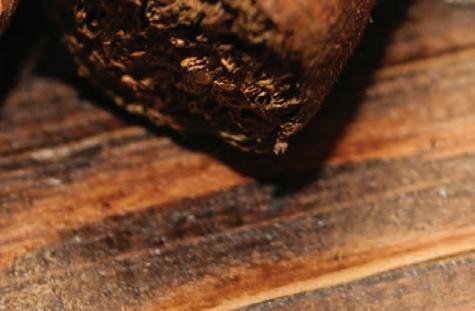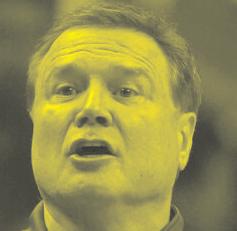

2025-26 KANSAS HOOPS
“Who starts?” is just the start. No. 22 Darryn Peterson
DON’T MISS THESE GAMES
Get ready for North Carolina,
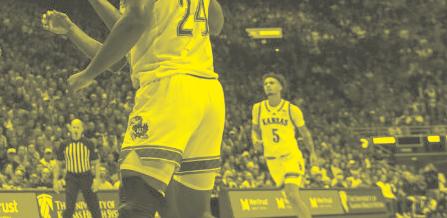
MEET THE TEAM
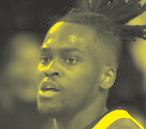
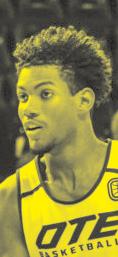
Freshmen & transfers give the Jayhawks a whole new look.




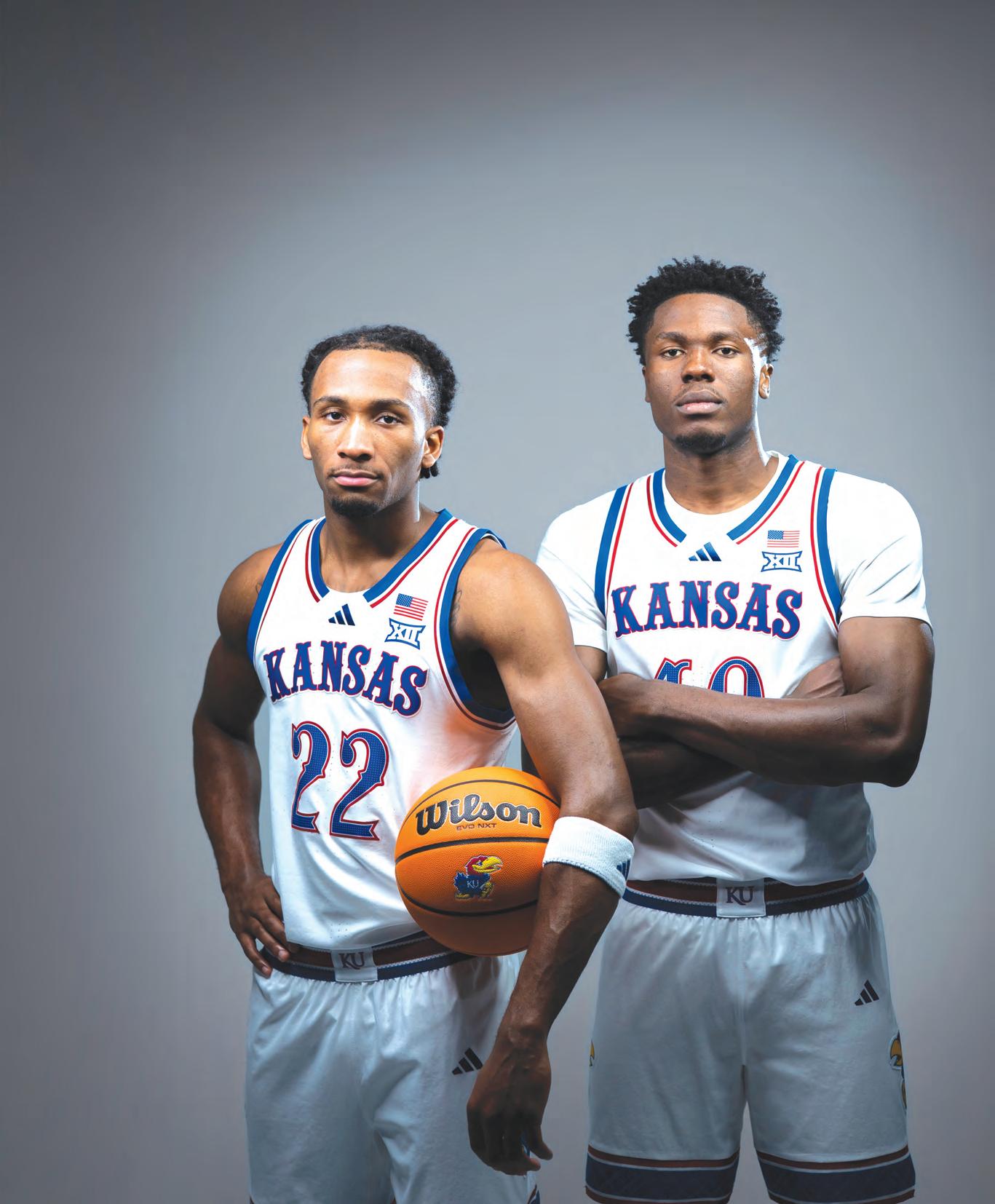


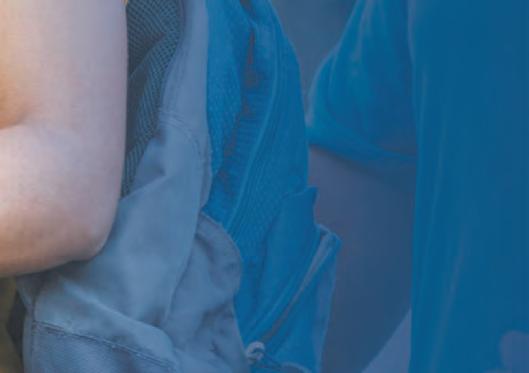





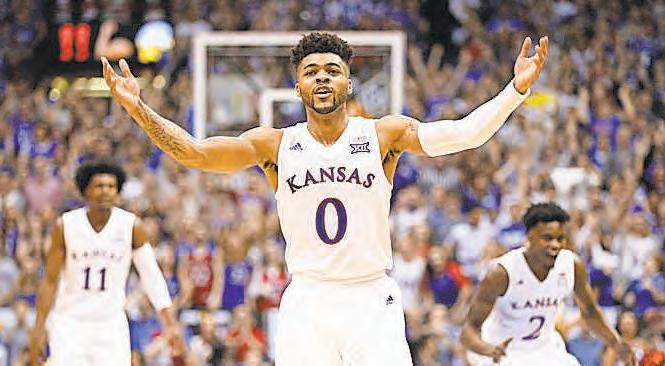
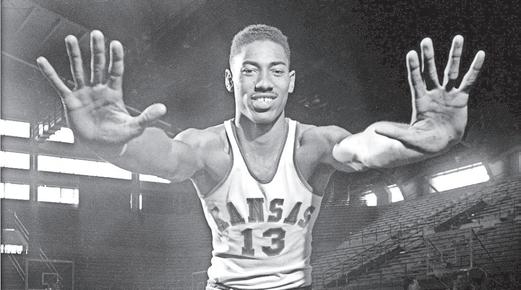
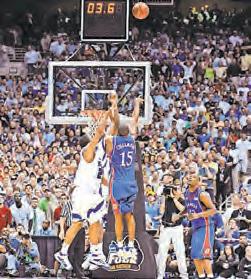

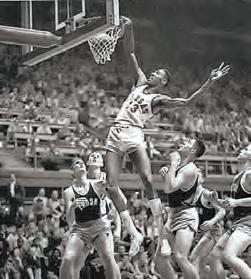

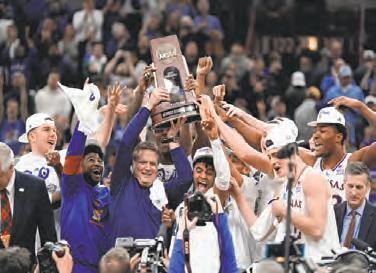





After a first-round tournament exit & a flurry of transfer portal moves,


KANSAS HAS RELOADED.

What’s inside:
l Blue-blood battles and other big nonconference games. Page 6
l Once again, the Big 12 conference is loaded with talented teams. Page 10
l Get acquainted with the new faces on Kansas’ roster. Page 15
l The Jayhawks’ schedule for 2025-26. Page 32
By Henry Greenstein
hgreenstein@ljworld.com
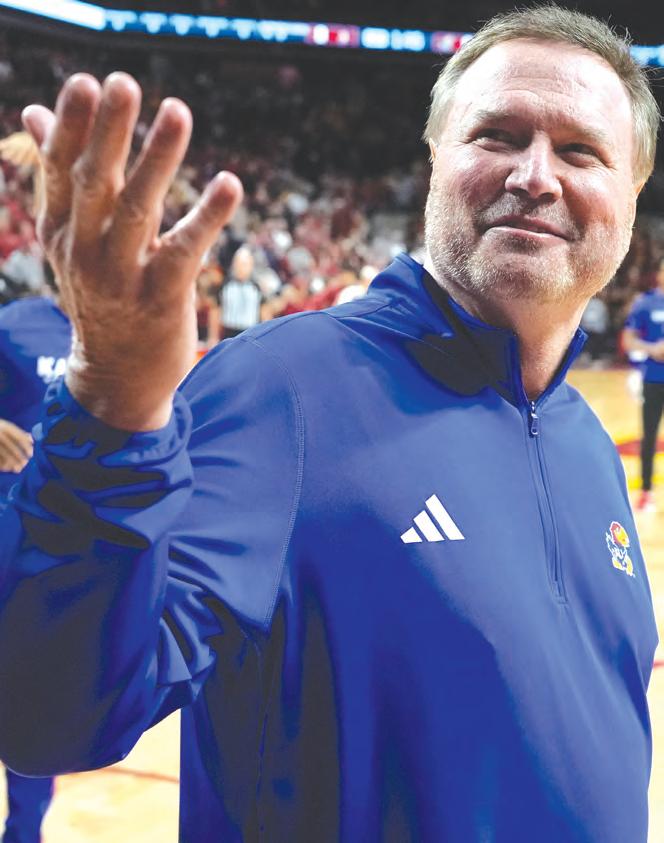

fter Kansas lost in the first round of the NCAA Tournament to Arkansas last March, suffering its earliest elimination since 2006, there were times this offseason when the Jayhawks’ roster was practically empty. Six contributors from last year’s team transferred, a stark contrast to the relative stability of the prior offseason, and for a one-week period it even seemed like forward Flory Bidunga, the highestupside young returnee from last season, was going to depart as well.
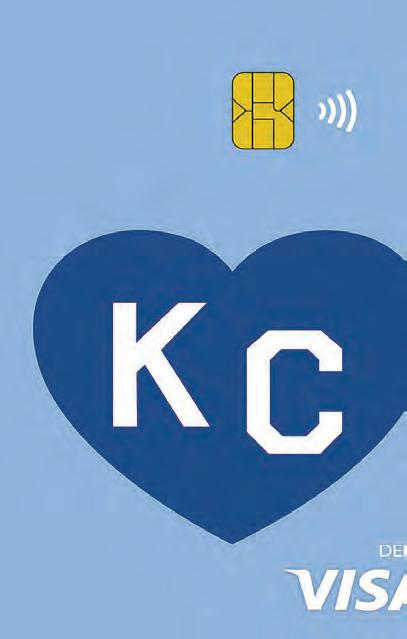

















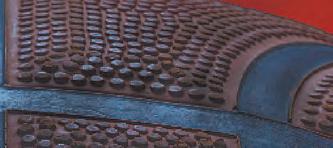
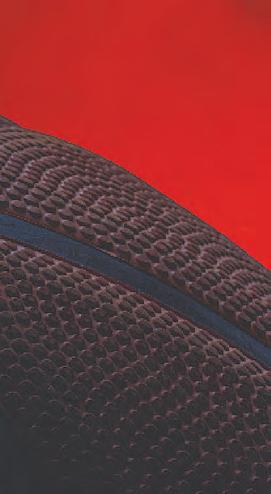

Kansas
CONTINUED FROM PAGE 2
But amid all that instability, KU was always going to have Darryn Peterson leading the way for the 2025-26 season.
In Peterson, a 6-foot-5 guard from Canton, Ohio, the Jayhawks have a one-of-a-kind player, so distinguished that head coach Bill Self, now entering his 23rd season in charge, has called him “a generational-type talent” and “the best player we’ve recruited since we’ve been here.”
Peterson remained locked in with KU through its offseason roster turnover, and this year the Jayhawks will immediately need him to lead the way on both ends of the court in a way a freshman hasn’t for quite some time on Mount Oread. The veteran core that, for better or worse, defined the last two seasons of KU basketball has graduated, and many of the auxiliary pieces who had joined the team in order to provide support to that group left as well in the spring.
In their place, over the course of the offseason, Self and his staff patiently constructed an entirely new group of Jayhawks to play around Peterson and Bidunga and work alongside returning guards Elmarko Jackson (who missed last season due to injury) and Jamari McDowell (who redshirted last year).
“I think the emphasis was more on what we needed to do to allow us to play as athletic and to play the style that best suits us and best fits me for winning,” Self said in July. “And I think we were actually able to do it.”
Atlantic 10 transfer guards Melvin Council Jr. and Jayden Dawson provide length, tenacity and offensive potency in the backcourt, while well-traveled forward Tre White fills a key need as a bigger wing willing to help out in a variety of ways. Nginyu Ngala supplies depth and experience after four full seasons playing collegiately in Canada.
Among the rest of KU’s half-dozen freshmen, forward Bryson Tiller is technically a returning player after he enrolled early and redshirted while attempting to recover from a long-term ankle injury; he’ll provide a versatile skill set in the post if he can get up to speed, and he’ll be joined by 7-foot center Paul Mbiya, Bidunga’s countryman from the Democratic Republic of the Congo who played overseas in France last year, and
high-upside Brazilian forward Samis Calderon. Breakout wing Kohl Rosario reclassified from the 2026 class to join KU early and impressed over the summer with his combination of shooting and athleticism.
“I think we’ve got size, we’ve got depth now, we’ve got more shooting, even though I don’t know that you could ever have enough,” Self said. “And we certainly have more athleticism, and we’re big.”
Self said the staff addressed areas in which it had been deficient in the past, such as ball-screen defense. In general, athleticism was a top priority.
“It’s how do you get guys that get their shoulders past people? How do you get guys that make plays you can’t coach?” Self said. “I think the last year we probably had to — this isn’t a knock to our players, our players were good players — but we probably had to manufacture plays and points, as opposed to just, there’s a loose ball, we jump a little bit higher to get it, which creates a deflec tion to an uncontested 3. We didn’t get near as much stuff like that last year as what I hope we can get.”
How will the new coaching staff jell?
This process will occur largely out of the public eye, but Self has to incorporate a variety of new hires — including a pair of outside assistant coach additions with whom he has not previously worked — into what has generally been a rather consistent staff over the years.
Assistant coach
Norm Roberts re tired in May after 14 sea sons, and
22 overall working for Self, as he had been with the head coach intermittently since his days at Oral Roberts.
Self replaced him with Jacque Vaughn, who brings a mixture of familiarity with the KU program from his time as a beloved point guard of the Roy Williams era and extensive expertise from his multiple stints as an NBA head coach — the first former NBA head coach to work for the Jayhawks. In other words, the distinct perspective Vaughn brings was part of his appeal.
> KANSAS, PAGE 5
Nick Krug/Journal-World Photo JACQUE VAUGHN, PICTURED AT A KU FOOTBALL GAME IN AUGUST, is one of the new members of Bill Self’s coaching staff.
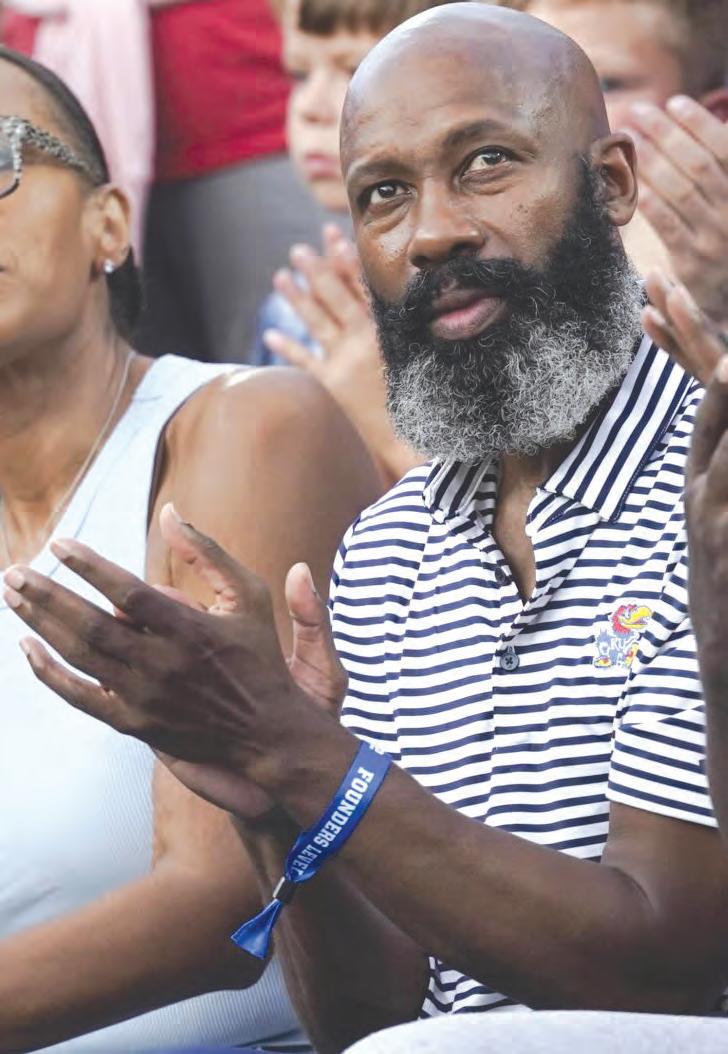
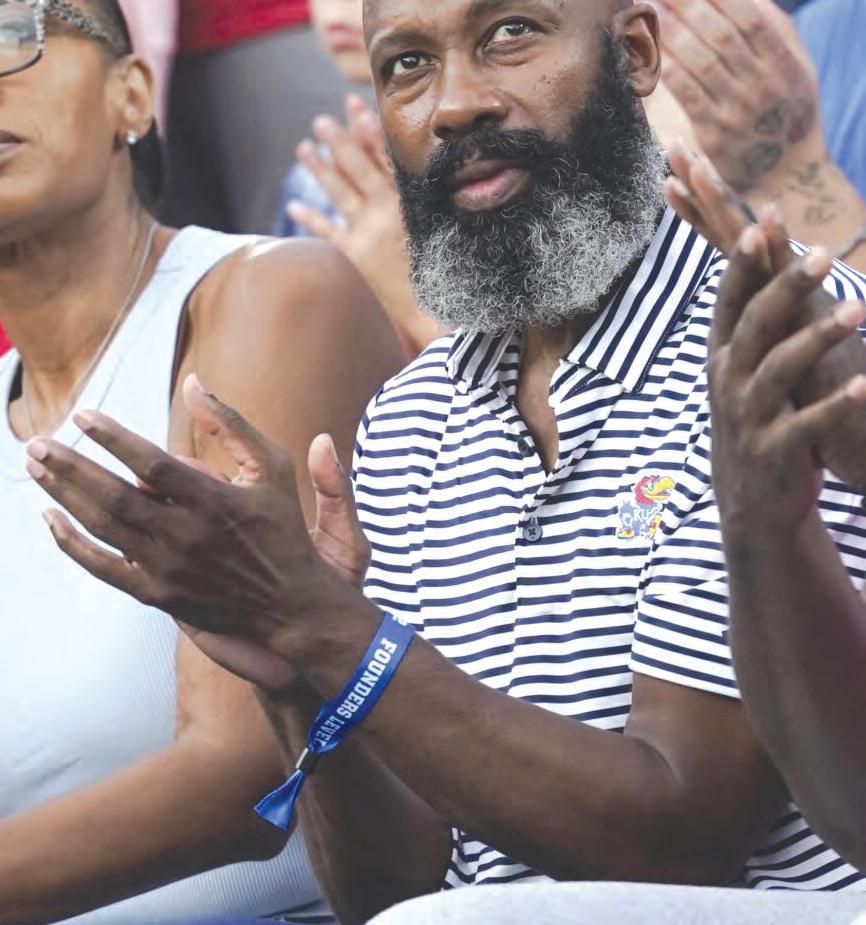
Another assistant coach, Chase Buford, left for the Denver Nuggets after one year on staff. He did some analytics work for the Jayhawks. His replacement, swiftly appointed in late August, was Tony Bland, most recently an assistant at Washington who has also worked at USC and San Diego State; this will be Bland’s first-ever coaching gig outside of the West Coast, a region in which he already seems to be providing KU some recruiting benefits.
The pair of new top assistants join Kurtis Townsend, who has been at KU since Self’s second season, as well as Jeremy Case (hired in 2021) and Joe Dooley (rejoined in 2022 after 10 previous years on staff). KU also promoted Lexi Price to replace Fred Quartlebaum as director of basketball operations and hired former player KJ Adams as a video coordinator.
Who exactly will start?
Two of KU’s starting spots are quite clearly locked down — for the Jayhawks to reach anything close to their potential this season, they will need Peterson and Bidunga on the court as much as possible — and it seems safe to assume the veteran White, who is a big wing with good rebounding numbers who Self said had the best summer of KU’s three transfers, will get a third.
The remaining two off-ball guard or wing spots alongside Peterson would at least seem to be up for grabs. The other two transfers Self placed a level below White, Council (St. Bonaventure) and Dawson (Loyola-Chicago) are contenders, and essentially since the conclusion of the 2023-24 season, Self has spoken extremely
highly of the redshirt sophomore guard Jackson.
If KU is to pick two of those three players for its starting lineup, a number of key factors will come into play. Perhaps most important is Jackson’s recovery from a torn patellar tendon that cost him the entirety of last year. At least according to his head coach, his athleticism (which was his defining trait coming out of high school) is all the way back but his timing is not, or at least it wasn’t by the end of summer workouts. Another is Dawson’s shooting; he’s not necessarily lights-out from beyond the arc at 36.7% in his career, but he has a much better record in that area than either Council or Jackson, and certainly ranks among the most consistent shooters on the team.
The lineup decision may also depend on who can run the offense most effectively, as Self likely won’t always want to have Peterson responsible for facilitating every single offensive possession; he will likely be most useful off the ball in many cases.
Keep an eye on Rosario as well. The 6-foot-5 product of Overtime Elite received effusive praise from Self shortly after his arrival during the summer, especially for his shooting and his high effort. Those are the kinds of traits that will get him on the court early and often.
Can Bidunga make a leap forward?
After withdrawing his name from the transfer portal, the 6-foot-9 forward Bidunga immediately became one of the team’s wily veterans as one of the few players with any experience playing under Self. Just how much he learned from his first campaign in Lawrence will become clear this fall as he has a chance to serve as the second option to Peterson.
That first season gave Bidunga plenty of chances to demonstrate why he was such a highly touted recruit out of Kokomo High School in Indiana. In the sixth game of his career, he played most of the second half against an eventual Final Four team, Duke, and didn’t look out of place. Against West Virginia a month later, he helped KU rally when he started picking up opposing guards on the perimeter. At UCF, he blocked six shots, taking one back all the way for a coastto-coast dunk. Bidunga later started several games in place of Adams and played well enough that fans started chanting for him after Adams returned.
On the other hand, he has plenty of areas for improvement: He struggled with persistent foul trouble and had a tough time in post defense
against particularly powerful or technically gifted opposing forwards. Most notably, he simply hasn’t been relied upon in general to the same extent he will be during the 2025-26 campaign, as he had an All-American in Hunter Dickinson at his position last year.
Of course, Bidunga played alongside Dickinson quite a bit — and quite a bit more than anyone expected, given that they were both centers by trade — over the course of last season. Self must determine this year which sort of power forward makes for the best complement to Bidunga’s skill set; how will he play alongside a bigger wing like White or Calderon as opposed to a second big man in Mbiya or Tiller?

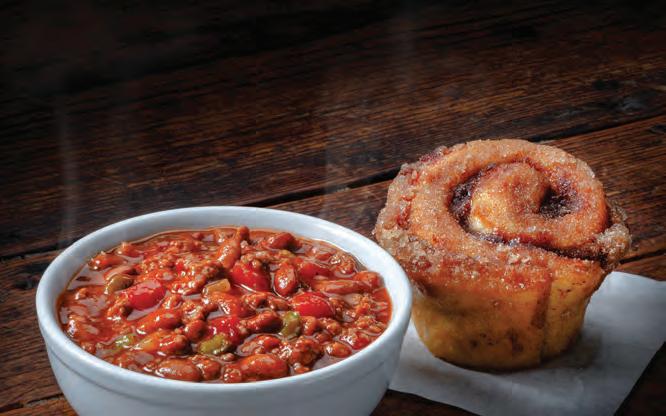






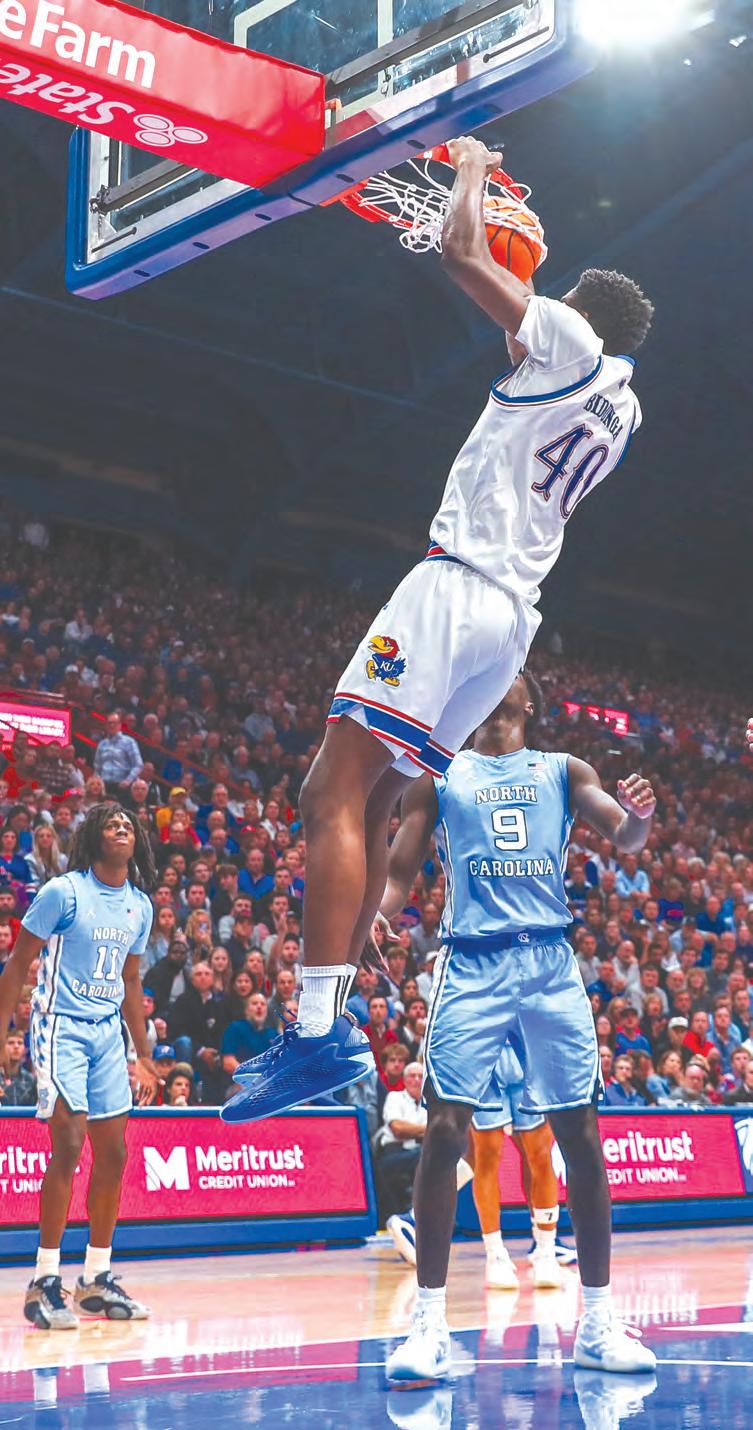
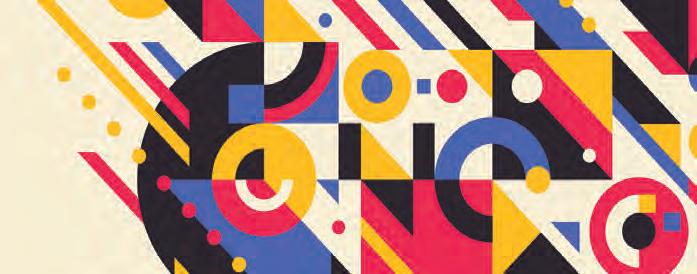

THE BIG GAMES Get ready for
By Henry Greenstein hgreenstein@ljworld.com
Kansas at North Carolina
Nov. 7 at the Dean E. Smith Center in Chapel Hill, North Carolina
This marquee matchup between two of the nation’s most prominent programs is the second half of a home-and-home series that began last season with a thriller at Allen Fieldhouse. The Jayhawks surrendered a 20-point lead in that one but relied on clutch play from Hunter Dickinson and Zeke Mayo in the final minutes to secure a 92-89 victory. This will be the first-ever meeting between KU and UNC in Chapel Hill; KU holds a 7-6 advantage in the all-time series and has won the last five games.
Last year, the Tar Heels slipped into March Madness as a somewhat controversial selection for the tournament bubble, only to demolish San Diego State in their First Four matchup. However, they lost to Ole Miss in the Round of 64 and are still looking to reattain the heights of Hubert Davis’ first season at the helm, when they lost to KU in the 2022 national title game.
Games
CONTINUED FROM PAGE 6
In service of that goal, UNC brought in players like Caleb Wilson, a 6-foot-10 five-star freshman forward who averaged 21.7 points and 11.0 rebounds at Holy Innocents Episcopal School, and Henri Veesaar, a 7-foot Arizona transfer whose 19 points were key as the Wildcats eliminated KU from the Big 12 tournament in March. At guard, the Tar Heels retain senior Seth Trimble, who posted 11.7 points and 5.0 rebounds last season, and bring in Kyan Evans, a Kansas City, Missouri, native who was a knock-down shooter at Colorado State.
With each team having started its schedule four days earlier against a low-rated mid-major team, this game will serve as
the first real measuring stick for both programs.
Kansas vs. Duke
Nov. 18 at Madison Square Garden in New York
In a bit of a departure from its usual positioning on the schedule, the Champions Classic is KU’s fifth game of the 2025-26 season. (It has previously been the first game of the year three times, second seven times and third four times.) That means it may serve as less of a tune-up than in years past — the sloppy KU-Michigan State tilt from last November comes to mind — and more of a display of what both KU and Duke look like when they are rounding into form.
KU and Duke also played a similar game last year in Las Vegas, a 75-72 victory for the Jayhawks, with eventual No. 1 pick Cooper Flagg stifled by KJ Adams, that for the rest of the season


demonstrated what they could look like when playing at their best — which they rarely did. Meanwhile, the Blue Devils went all the way to the Final Four but suffered an epic last-minute collapse against Houston, evoking what the Jayhawks had done two months earlier at Allen Fieldhouse (“That ending just gave me some terrible flashbacks,” Dickinson posted on social media).
Flagg, Sion James, Kon Knueppel, Khaman Maluach and Tyrese Proctor were all selected in the 2025 NBA Draft. Duke does return some peripheral pieces like defensive stalwart Maliq Brown, Isaiah Evans (a 41.6% 3-point shooter on high volume during his freshman year) and former five-star center Patrick Ngongba II, but the Blue Devils didn’t do much in the transfer portal and will rely heavily on another star-studded freshman class. This time, it features the twins Cameron (a forward)
and Cayden Boozer (a guard), big wings Nikolas Khamenia and Sebastian Wilkins, and onetime KU target Dame Sarr, an Italian wing who most recently played overseas for FC Barcelona.
Needless to say, the Blue Devils feature familiar foes for KU’s star freshman Darryn Peterson, who faced off against the Boozer twins during his senior year at Prolific Prep (Peterson scored 33 points in a 66-54 victory) and shared MVP honors with Cameron Boozer at the McDonald’s All-American Game.
The last two times KU and Duke faced off at Madison Square Garden, they split a pair of twopoint results. The all-time series between the two schools is 8-6 in Duke’s favor, as the Jayhawks have taken four of the last five (and that doesn’t include a now-vacated postseason matchup in 2018).
> GAMES, PAGE 8




Games
CONTINUED FROM PAGE 7
UConn at Kansas Dec. 2 at Allen Fieldhouse
Yes, the Huskies are coming to Lawrence again before the Jayhawks have made their inaugural trip to Gampel Pavilion (that’s expected to take place next season). No, it’s not part of the now-defunct Big East-Big 12 Battle, although that was the
when late-game heroics from Adams and Kevin McCullar Jr. lifted KU to a 69-65 victory.
The Huskies went on to win a second consecutive national title that year, then in 2024-25 learned how challenging it was to secure a third. A difficult regular season saw UConn go 0-3 at the Maui Invitational and stumble through the middle of Big East play before emerging as a national No. 8 seed. The Huskies nearly changed the course of the NCAA Tournament in the Round of 32 but
The squad that seeks redemption — and a first-ever victory over KU — will retain three of its top four scorers from last season, after Liam McNeeley went to the NBA as a one-and-done prospect. Junior guard Solo Ball (14.4 points per game, 41.4% shooting from deep), redshirt senior forward Alex Karaban (14.3 points, 5.3
rebounds) and senior center Tarris Reed Jr. (9.6 points and 7.3 boards off the bench) are all back for more.
They are joined by a pair of McDonald’s All-Americans in shooting guard Braylon Mullins, the reigning Indiana Mr. Basketball, and 7-footer Eric Reibe, a skillful left-handed center. The transfer class is headlined by junior guard Silas Demary Jr., who averaged 13.5 points at Georgia last season.
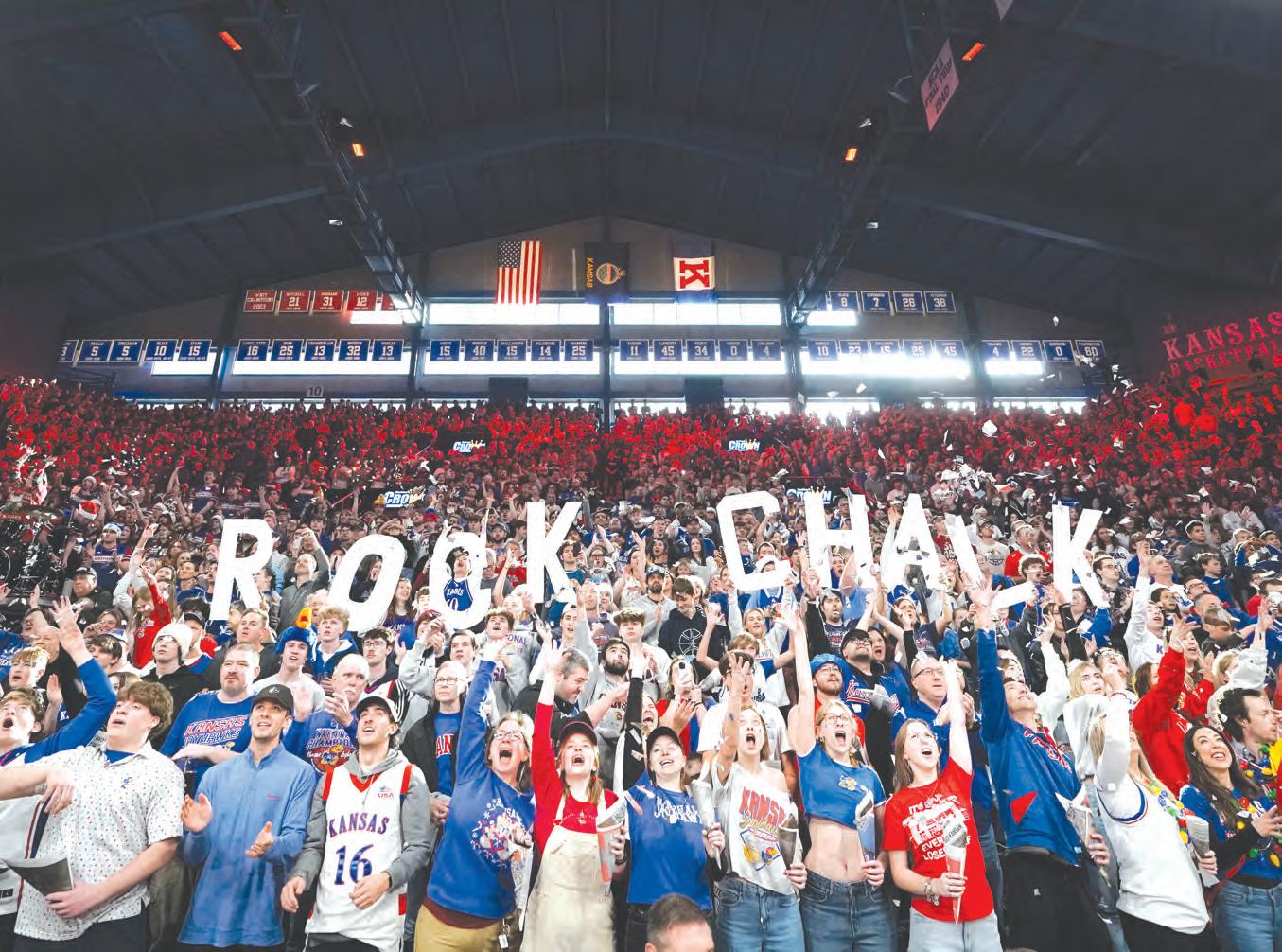

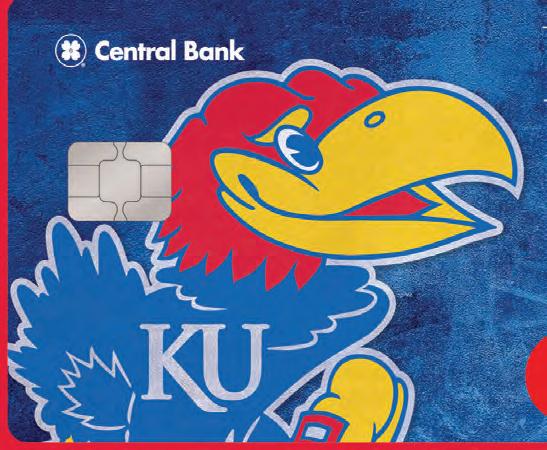

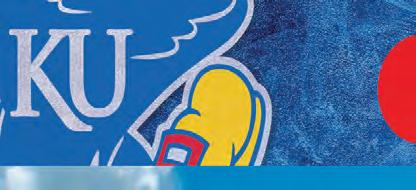



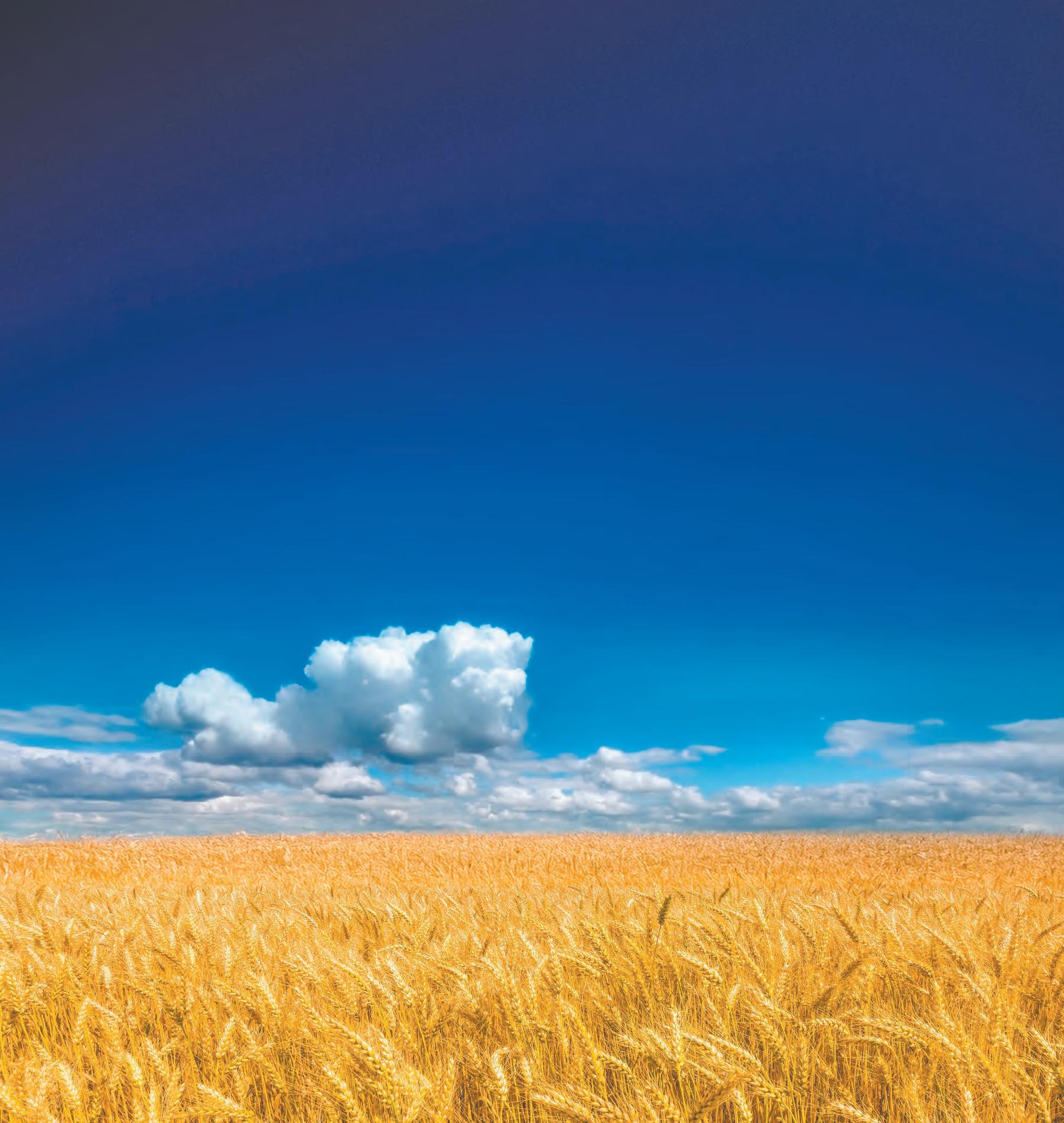

As usual, the Big 12 conference is stacked with talent.


GET TO KNOW THE COMPETITION

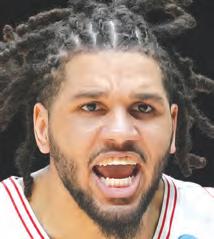
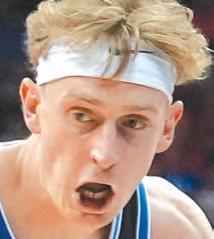
PICTURED FROM LEFT TO RIGHT ARE ARIZONA’S JADEN BRADLEY, HOUSTON’S EMANUEL SHARP, BYU’S RICHIE SAUNDERS AND TEXAS TECH’S JT TOPPIN. All four of their teams reached at least the Sweet 16 last year.
By David Rodish drodish@ljworld.com
The Big 12 Conference sent seven teams to the 2025 NCAA Tournament, four of which reached the Sweet 16. The conference had representation all through the tournament, as Houston reached the championship game, ultimately losing 65-63 to Florida. Expectations for the conference are similarly high ahead of the 2025-26 season, and the conference is expected to have another season with strong representation in March Madness and some of the top basketball teams in the country.
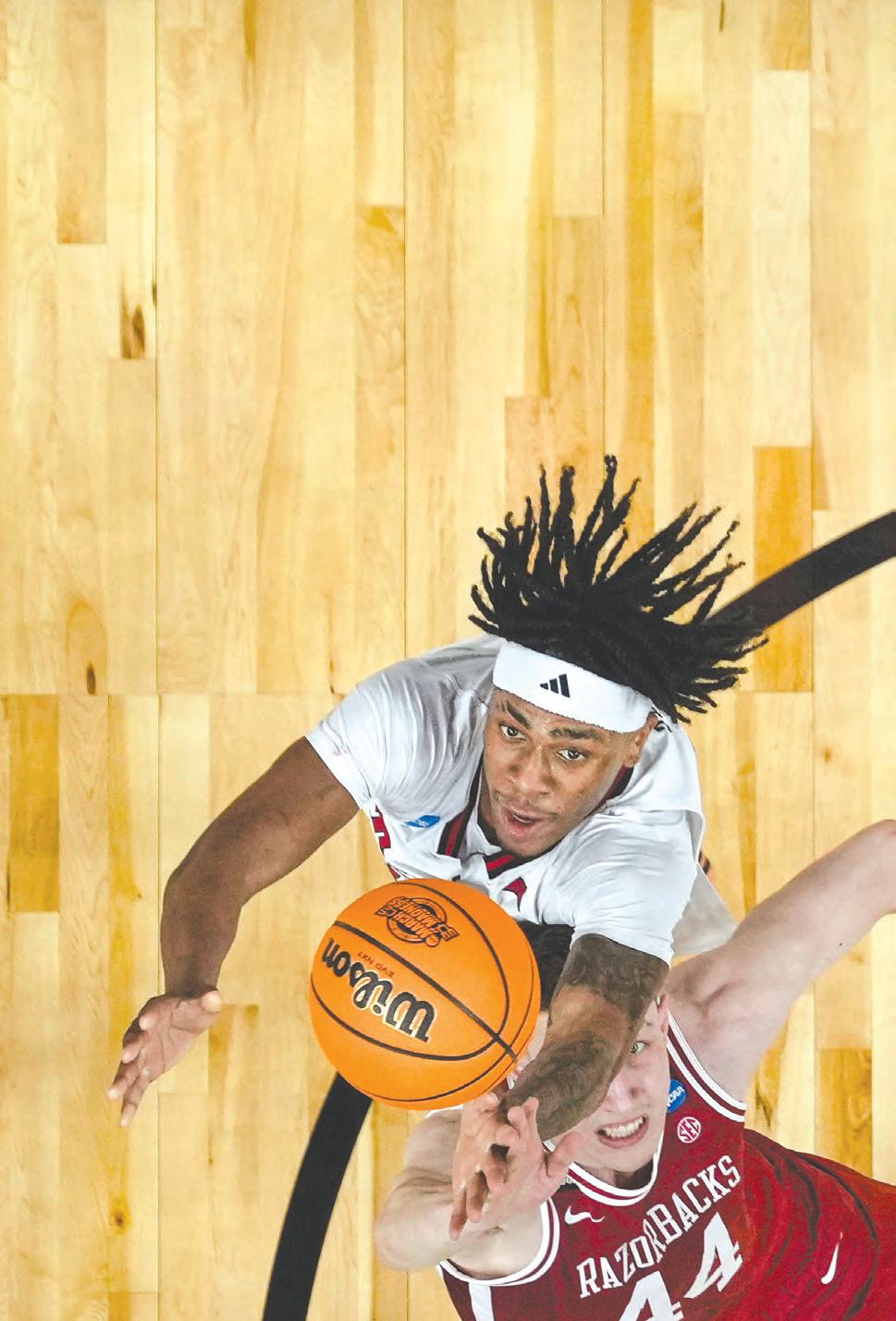
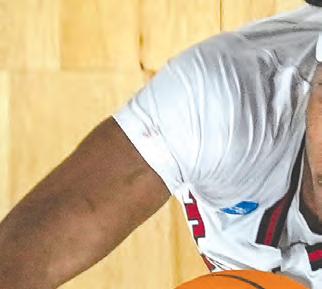
KANSAS HOOPS PREVIEW
Big 12
CONTINUED FROM PAGE 10
Arizona
The Arizona Wildcats finished as the Big 12 Conference Tournament runners-up, losing 72-64 to Houston, and reached the Sweet 16 in the NCAA Tournament, losing to Duke. Arizona’s two postseason losses came to two teams that were No. 1 seeds and went to the Final Four.
The Wildcats are hoping to build on the success with a high school recruiting class that’s ranked No. 2 in the country by 247Sports and No. 4 in the country by On3. Highlighting that class are forward Koa Peat and guard Brayden Burries, two recruits who hover around the top 10 in individual rankings by recruiting sites.
Arizona targeted the forward positions with its incoming class as the Wildcats look to replace Carter Bryant, who was drafted 14th overall to the San Antonio Spurs in the 2025 NBA Draft. The Wildcats will also be without their top scorer from last year, Caleb Love. At 17.2 points per game, Love was seventh in the conference and was fourth in 3-pointers.
Those newcomers will join guard Jaden Bradley and forward Tobe Awaka on a team with 10 of 16 players being underclassmen.
In Tommy Lloyd’s four years in Tucson, the Wildcats have finished in the top three in conference standings and reached the Sweet 16 three times. Lloyd holds the NCAA record for the most wins in a coach’s first two seasons and has the secondmost wins in a coach’s first four seasons.
Arizona led the Big 12 in points per game in its first year in the conference, averaging 82.5 points per game. The Wildcats did it while shooting the secondmost 3-pointers per game in the conference. While the Wildcats scored a lot of points, they gave
up a lot of points as well — their 73.3 points per game allowed were only better than UCF, Arizona State and Oklahoma State.
For 2025, the Wildcats will look to continue their trend of offensive prowess and postseason success while advancing past the Sweet 16 for the first time since 2015.
Arizona State
Arizona State entered 2024 with moderately high expectations, considering the Sun Devils brought in one of their best high school recruiting classes.
But things fell apart quickly, and the Sun Devils finished 13-20 overall with a 4-16 conference record.
Arizona State coach Bobby Hurley is back leading the Sun Devils for his 11th season, but this time, he will be coaching a drastically different roster. Quentin McCoy and Trevor Best are the only returners from last year’s team, although McCoy was a deep reserve player, only playing five minutes with one shot attempt.
Best joined Arizona State’s roster midway through the year and played in 11 games, shooting 40% on 15 3-point attempts.
The Sun Devils brought in seven transfers, highlighted by Maurice Odum, a point guard from Pepperdine who averaged 13.1 points and 7.5 assists per game, and Marcus Adams Jr., a former highly-touted 4-star recruit at small forward who has bounced around from BYU to Cal State Northridge after originally committing to Kansas.
Exactly what the Sun Devils look like on the court is to be determined, although, given Hurley’s history at Arizona State, a healthy dose of 3-point shooting attempts and energetic defense are likely.
Baylor
The 2024-25 season was one of offensive success for the Baylor Bears, as they finished with the 16th-best offensive rating in the country, according to KenPom.com.
Baylor entered the NCAA Tournament as the No. 9 seed before losing to Duke in the second round. The tournament run came after Baylor reached the quarterfinals of the Big 12 Conference tournament where the Bears lost to Texas Tech.
The Bears were around the middle of the conference in points scored and points allowed per game. A big part of their success last year was the duo of first-team all-conference forward Norchad Omier and Big 12 Freshman of the Year VJ Edgecombe. A challenge for the Bears this year will be to replace both Omier and his 15.7 points per game and Edgecombe, who is now a Philadelphia 76er, and his 15.0 points per game.
However, like many teams, the Bears completely overhauled their roster over the summer. Baylor head coach Scott Drew, who is in his 24th season coaching the team, has a new roster of 15 players.
To fill the gaps, the Bears brought in mostly transfers with a few high school commits. The high school class is highlighted by five-star power forward Tounde Yessoufou, while Obi Agbim is the highlight name from the transfer portal.
Agbim comes to Waco, Texas, via Wyoming, where he averaged 17.6 points per game with 43.7% shooting on 3-point attempts. Agbim was fourth in the Mountain West in scoring last year as he earned the Newcomer of the Year award and third-team all-conference honors.
Since Baylor’s 2021 conference and NCAA Tournament championships, the Bears have been unable to advance beyond the second round. Last year the Bears had their fewest wins since the 2018-19 season. A revamped roster with a coach with championship pedigree has the Bears looking to break through the second round and back into a deep postseason run.
BYU
BYU had a strong first year under Kevin Young, finishing with a 26-10 record (14-6 in Big 12 conference play) and a Sweet 16 appearance — the Cougars’ first since 2011 — as the No. 6 seed in the East region.
Young and the Cougars will get even more reinforcements and can compound their success with a better year in 2025-26 after Young secured the commitment of five-star forward AJ Dybantsa, the first five-star to commit to the Cougars in the program’s history.
The Cougars were a highflying offense last year but struggled defensively. They scored 81.5 points per game, which was second in the conference, but allowed 72.8 points per game, which was only better than four other Big 12 programs.
BYU accomplished its offensive numbers by taking and making the most 3-pointers per game in the conference while shooting a conference-best 35.8% from distance as a team. According to KenPom, the Cougars finished the season with the ninth-best offensive rating in the country at 124.9.
Richie Saunders, who earned first-team all-conference honors as well as winning the Big 12’s Most Improved award, is one of the Cougars’ top returners. Trevin Knell will also be back after averaging just under 10 points per game. Knell was second on the team in 3-pointers per game a season ago, hitting on 42.9% of his shots.
Pairing Saunders and Knell with the highlight talent of Dybantsa could make the Cougars a prolific offense in the conference. How much the defense improves will be a point of interest for BYU and will determine if the Cougars can repeat the postseason run.
> BIG 12, PAGE 12
CONTINUED FROM PAGE 11
Cincinnati
Cincinnati finished near the bottom of the Big 12 Conference last season, winning seven of 20 conference games and finishing with a 19-16 overall record.
The Bearcats didn’t reach the NCAA Tournament after losing to Iowa State in the second round of the Big 12 Conference tournament, but they did appear in the College Basketball Crown tournament and went 1-1, ultimately losing to conference opponent UCF.
Despite the lack of success on the court, the Bearcats had a strong defense. Opponents averaged 66.2 points per game when playing Cincinnati, which was the third-best mark in the conference. Cincinnati’s net defensive rating according to KenPom was 22nd in the country at 95.8.
Day Day Thomas is the only Bearcat who started a game last year that is returning to Cincinnati this season. Thomas scored 10.2 points per game and was second on the team in 3-point shooting. He was also second on the team in both assists and steals.
Overall, the Bearcats brought in a talented transfer class to revamp the roster. The transfer portal class ranked 19th in the country on 247Sports, with three transfers coming from Big 12 teams. Sophomore center Moustapha Thiam averaged 10.4 points per game for UCF, junior guard Sencire Harris averaged 5.9 points per game for West Virginia and senior guard Jalen Celestine averaged 7.1 points per game for Baylor last year.
Wes Miller, the coach at Cincinnati, is back for his fifth year with the team. The Bearcats have won at least 18 games in every season he’s been there, but the team still hasn’t reached the NCAA Tournament since a Mick Cronin-led squad went 28-7 in the 2018-19 season.
Cincinnati has sustained a level of success under Miller, but the team has been unable to break through the ceiling to reach the heights under the Cronin era.
Colorado
Colorado has enjoyed consistent winning under coach Tad Boyle since 2010, with only two losing seasons in that time.
The 2024-25 season, however, was one of those two losing seasons. The Buffaloes went through a rebuild and finished 14-21, with a conference-worst 3-17 record in the Big 12.
Colorado averaged 69.7 points per game, which was third-worst in the conference. The Buffaloes had a 108.6 offensive rating, according to KenPom, which was 142nd in the country.
The Buffaloes weren’t aggressive in the transfer portal, and instead will hope to improve their team with development and freshmen talent. Of the 15 players on the Colorado roster, 12 are underclassmen including seven true freshmen.
Of those few returners, junior forward Bangot Dak and graduate student center Elijah Malone are the headliners. Dak averaged 8.2 points and 3.9 rebounds per game, while Malone scored 7.9 points while shooting almost 60% from the field.
Competing in a strong basketball conference with such a young roster, the Buffaloes will have their work cut out for them to battle in the Big 12 and improve upon their 2024-25 season.
Houston
Houston led the conference in 2024-25, winning the regular season, the conference tournament and going the furthest in the NCAA Tournament. The Cougars were three points away from winning it all.
Longtime coach Kelvin Sampson will have the Cougars back and dangerous in 2025, as the team brings back nine of Houston’s 14 players who won 35 games and finished with a 19-1 record in conference play.
The Cougars relied on a stacked roster that included Big 12 Conference Defensive Player of the Year Joseph Tugler and first-team all-conference players LJ Cryer and J’Wan Roberts.
Big 12 Coach of the Year Kelvin Sampson’s team won’t lack talent. The Cougars signed three top-20 high school recruits, according to the 247Sports rankings. That same site lists the trio of Chris Cenac Jr., Isiah Harwell and Kingston Flemings as three of Houston’s four best recruits of all time.
For returners, the Cougars bring back a strong trio of starters from last year. Emanuel Sharp is the top returning scorer, as he averaged 12.6 points per game and a team-high 50 steals. Milos Uzan, a senior guard who averaged 11.4 points per game, which led him to earn secondteam all-conference honors. Uzan was the team’s best 3-point shooter throughout the season while also leading the team in assists. Junior forward Joseph Tugler will bring 33 games of starting experience and 5.9 rebounds per game.
Houston has long been a stalwart defensive team under Sampson — the Cougars finished the season first in KenPom defensive rating at 86.8. With a large number of returners and highly talented incoming freshmen, the Cougars will be a difficult team to top in the Big 12.
Iowa State
Iowa State returned a lot of production from the 2023-24 season into last year, and that helped the Cyclones enter the NCAA Tournament as the No. 3 seed in the South region with a 25-10 record.
The Cyclones bring back five members of last year’s team: Nate Heise, Joshua Jefferson, Cade Kelderman, Tamin Lipsey and Milan Momcilovic. Jefferson is the leading scorer of the returners, as he averaged 13.0 points per game, which was third on the team. Momcilovic was fourth on the team, scoring
11.5 points, while Lipsey was the fifth Cyclone to average doubledigit points at 10.6 points.
The biggest missing piece for Iowa State will be guard Curtis Jones, who was among the top scorers in the conference at 17.4 points per game. Replacing his scoring and 3-point shooting will be a challenge for the Cyclones this year.
The Cyclones were a wellrounded team last season. They allowed the fourth fewest points per game in the conference while scoring the fourth most per game. According to kenpom.com, the Cyclones had the 19th-best offensive rating and 13th-best defensive rating in the country.
Iowa State is bringing four freshmen to the program, two guards and two forwards. The team wasn’t overly active in the transfer portal, with only one incoming transfer — Blake Buchanan, a center transferring from Virginia — coming from a power conference.
Under coach T.J. Otzelberger, the Cyclones have reached the NCAA Tournament all four years and have consistently had some of the strongest defenses in the country. The Cyclones led the conference in forcing turnovers with 15.2 per game.
With five regular rotation players returning, the Cyclones should continue their strong and aggressive defense.
Kansas State
Kansas State had a disappointing season last year. Wildcat fans brought a lot of hope into the season with transfer-portal acquisition Coleman Hawkins, but the excitement ended quickly as K-State struggled from the start of the season.
K-State went 16-17 in coach Jerome Tang’s third year, with a 9-11 record in conference. The Wildcats had a solid defense but were among the worst offenses in the conference, scoring 71.0 points per game, which was the fourth-lowest in the conference.
> BIG 12, PAGE 13
CONTINUED FROM PAGE 12
C.J. Jones, Mobi Ikegwuruka, David Castillo and Taj Manning are the four returners for the Wildcats from last year’s team. Of those four, Jones and Castillo were the two who started at least two games and played regular minutes, and both averaged less than six points per game.
The Wildcats will be reliant upon their incoming players, specifically through the transfer portal. P.J. Haggerty is the team’s big-ticket transfer, a guard from Memphis who was one of the best scorers in college basketball. His 21.7 pointsper-game average was third in the nation as he led the Tigers to an American Athletic Conference championship and the No. 5 seed in the NCAA Tournament. Haggerty was named the conference’s player of the year.
In K-State’s 2023 March Madness run and the year afterward, the Wildcats were effective at going downhill and getting free throws. Last year, the Wildcats were middling in that department, finishing 12th in the conference in free-throw attempts. A return to a downhill attack and scoring in the paint could help the Wildcats rebound after a lackluster season.
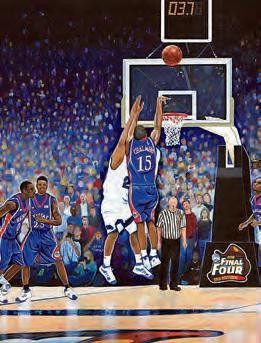
Oklahoma State
Oklahoma State had an upand-down year in 2024-25, finishing 17-18 and 7-13 in conference play for the first year under coach Steve Lutz. The Cowboys improved their win total by five and finished 12th in the Big 12 Conference.
Senior forward Robert Jennings II is the only full-time starter returning to the team. He averaged 5.4 points with 3.4 rebounds in 16.5 minutes per game.
Rapid improvement is something teams coached by Lutz have accomplished in the past, although the Cowboys will have to compete with some of the top teams in the nation on a daily basis.
But Oklahoma State has an older roster, leading to the potential to play better than expected. Eight of the 15 Cowboys on the roster are upperclassmen, including six Cowboys who have spent four or more years playing college basketball.
In the transfer portal, the Cowboys picked up three veteran shooting guards who can make an immediate impact. Sophomore Vytorius Miller scored 8.9 points per game at LSU, senior Anthony Roy scored 25.7 points per game at Green Bay and junior Isaiah Coleman averaged 15.6 points for Seton Hall.
For a team that averaged only 73.0 points per game and made the third-fewest 3-pointers in the conference, an influx



of shooting talent can help the Pokes improve and further their rebuild.
TCU
TCU had a rough year offensively in 2024-25. The Horned Frogs had a KenPom offensive rating of 105.8, which was 203rd in the country, and averaged a league-worst 66.4 points per game.
Part of the offensive struggles came as senior point guard Frankie Collins broke his left foot nine games into the season while he averaged 11.2 points per game. Collins wasn’t the only player who went in and out of the starting lineup — the Horned Frogs had only two players start 30 or more games.
Defensively, the Horned Frogs were solid, helping them go 1616 with a 9-11 conference record. Still, the team’s 16 wins are the fewest in a season since 2019-20, and the team missed the NCAA Tournament after three straight appearances.
Despite the struggles of the season, TCU can look to internal development as it hopes for improvement. The Horned Frogs will bring nine players back, a rarity in the modern college basketball era with the transfer portal. Even though the majority of the nine didn’t have too large of a role last year, the retention is a win for coach Jamie Dixon, who is in his 10th year on the job in Fort Worth, Texas.
Sophomore forward David Punch was the leading scorer of the returners after averaging 6.5 points in 20.4 minutes per game. Punch was most effective in rebounding, as he finished with the second most rebounds on the team.
The Horned Frogs were one of the best teams in the Big 12 in preventing opponents from shooting free throws. Opposing teams averaged 15.7 free-throw attempts per game, which was only behind Cincinnati.
TCU needs a much more productive offense in order to get back to the NCAA Tournament. In the team’s recent tournament appearances, the Horned Frogs have built a strong defense to rely on, and continuing to hold that identity while improving the scoring can lead the Horned Frogs to a tournament berth.
Texas Tech
Texas Tech didn’t just have one of the best offenses in the Big 12 — the Red Raiders had one of the best offenses in the country.
The Red Raiders led the conference in offensive rating, posting a 125.4 rating that was fifth in the country in KenPom. They were one of four Big 12 teams to average over 80 points per game during the season.
> BIG 12, PAGE 14




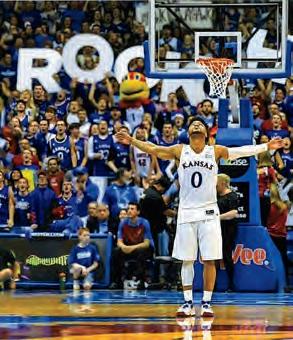





CONTINUED FROM PAGE 13
That offense led Texas Tech to the Big 12 Conference Tournament semifinal and a No. 3 seed in the NCAA Tournament. There, the Red Raiders reached the Elite Eight but ultimately lost to the eventual national champion, Florida.
Where the Texas Tech offense was at its best was in 3-point shooting. The Red Raiders were third in the conference in 3-point shooting at 36.7%. Only BYU made more 3-pointers a game, as Texas Tech averaged 10.0 3-point makes.
A major reason the Red Raiders were so effective offensively was Big 12 Player of the Year JT Toppin, who averaged 18.2 points per game on 55.2% shooting from the field. Toppin opted not to leave for the NBA and will return to Lubbock, Texas, as one of the best players in college basketball.
To replace those that did depart from the team, Texas Tech coach Grant McCasland went to the transfer portal. McCasland brought in some shooting depth and big man depth in the portal, helping the Red Raiders account for the lost scoring and rebounding of forward Darrion Williams.
One of those incoming transfers who can help replace Williams is LeJuan Watts, a junior transfer from Washington State who averaged 13.7 points and 6.7 rebounds per game.
Under former coach Mark Adams, the Red Raiders had the best defensive rating in the country in 2021-22 on KenPom. The defense dropped off substantially the following year and has been slowly improving each season with McCasland at the helm. For
Texas Tech to contend both in the conference and nationally, the Red Raiders are going to need to keep developing on defense without a drop-off from Toppin and the offense.
UCF
UCF only won seven conference games and finished with a 20-17 record, despite having one of the best offenses and scorers in the country.
The Knights were heavily reliant upon Keyshawn Hall and Darius Johnson, who averaged 18.8 and 17.4 points per game, respectively. Hall’s mark led the conference and earned him second-team allconference honors.
Neither Hall or Johnson will be in Orlando, Florida, with the Knights this year. In fact, only two members of the 2024-25 roster are back this season — Elijah Hulsewe and Poohpha Warakulnukroh. Neither player played much or at all last year, so the Knights will have a drastically different look to their team.
The majority of newcomers for UCF came via the transfer portal, and UCF’s incoming transfers with experience come from mid-major or lower Division I conferences. The Knights did bring in two pairs of former teammates, one pair from Mississippi State and another from Milwaukee.
Riley Kugel comes to UCF from Mississippi State where he averaged 9.3 points per game (after he had initially committed to Kansas out of the transfer portal in 2024). Kugel came with former Mississippi State teammate redshirt junior Jeremy Foumena, who played sparingly. Themus Fulks, a fifth-year senior guard, averaged 14.6 points per game for Milwaukee last year, while Jamichael Stillwell averaged 13.0 points per game.
With the Knights’ focus on the transfer portal, the UCF roster is heavy on the
college basketball veterans. There are two freshmen and two sophomores on the team, with the other 11 players being upperclassmen.
A few of UCF’s transfers came from power conferences but didn’t get a lot of playing time. How they look with the Knights and if they can contribute in the Big 12 will be something to watch for this season.
Utah
Utah had a pedestrian year in 2024-25, going 16-17 with an 8-12 record in Big 12 Conference play.
This year, the Utes have a new coach in Alex Jensen and a healthy group of new players via the transfer portal.
Jensen is a Utah alum and Utah native who played for the men’s basketball team. He sits No. 26 all-time in the school’s scoring records, playing from 1994-95 before taking a two-year mission trip and returning to the team from 1997-2000. In 1998, Jensen and the Utes went all the way to the national championship game, but ultimately lost 7869 to Kentucky.
While Jensen started his coaching career in college at Saint Louis University, he has spent most of his coaching career in the professional world. Jensen spent a decade as an assistant coach for the Utah Jazz before joining the Dallas Mavericks staff in 2023. He left to take the Utah job in March.
In the transfer portal, the Utes brought in two transfers to set the tone for the first year in the Jensen era. Jahki Howard saw limited action as a freshman for a dominant Auburn team, but he averaged 4.2 points per game in under 10 minutes per game. Elijah Moore played 15.7 minutes per game for Syracuse as a freshman last year, and he put up 5.2 points per game.
The Utes are deep in a rebuild and have a lot of contending teams ahead of them. It might take a while before the Utes reach their first NCAA Tournament appearance since 2016. But with a coach at the helm who has a special passion for the program, the Utes could put together a quicker rebuild than expected.
West Virginia
The Darian DeVries era at West Virginia was short, less than a full calendar year. Now, the program will have its third coach in three years with Ross Hodge at the helm. Hodge spent the last two years coaching North Texas, where he won 46 total games and won 66% of conference games. Prior to taking over the head job, Hodge spent six years as an assistant coach for McCasland.
Under Hodge, North Texas had the 45th-best defensive rating in the country, according to KenPom. Two members of the team will join Hodge in Morgantown, West Virginia: Brenen Lorient and Jasper Floyd.
Lorient is a senior forward who averaged 11.7 points and 4.9 rebounds per game, and senior guard Floyd scored 9.0 points and 3.9 assists per game with the Mean Green. Last year, West Virginia was a stingy defense, giving up the second-fewest points per game in the conference with only Houston doing better. The unfortunate thing for the Mountaineers is that only one player from that defense will be back with the team under Hodge. Abraham Oyeadier, who redshirted as a freshman last year, is all that remains from the team.
Even with a coaching change, building the defensive identity will be key for the Mountaineers, and it’s something Hodge has accomplished in his prior stop.
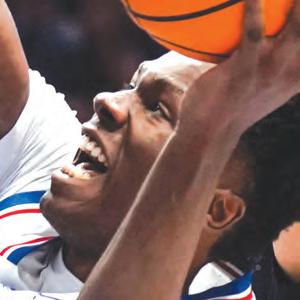

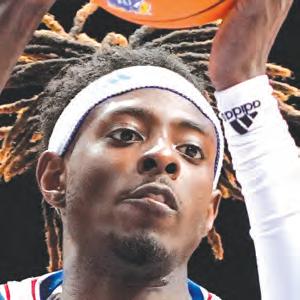
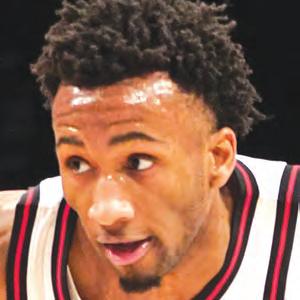
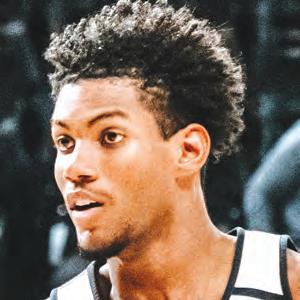


MEET THE 2025-26


By Henry Greenstein hgreenstein@ljworld.com
With lots of freshmen and players from the portal, this year’s squad has some faces you might not know. Read on for a closer look at KU’s roster and how they project for the season ahead.
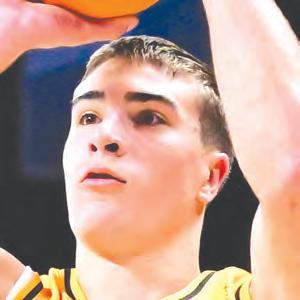
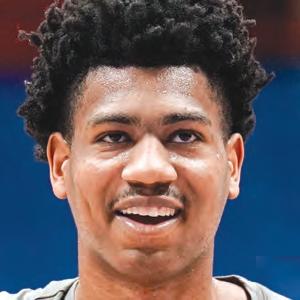
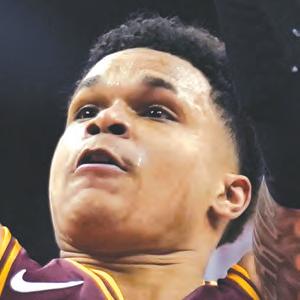
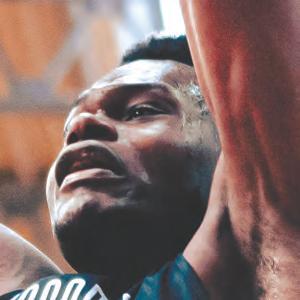
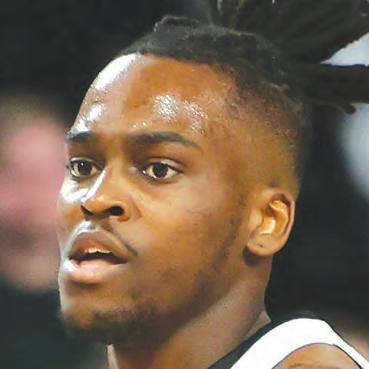
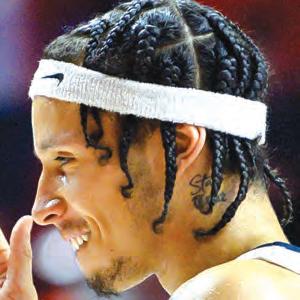
6-foot-5, 175 lbs. from Kansas City, Mo.


Last season: Coached by renowned former Jayhawk Sherron Collins at Oak Park High School, Allen led the Northmen to a state title. He tallied 16.3 points and 8.7 rebounds per game and in fact became the first player in school history ever to record both 1,000 career points and 1,000 career rebounds. For the second time in his high school career, he was a winner of the male DiRenna Award for the best basketball player in the Kansas City area. Allen was originally set to attend San Diego, which competes in the West Coast Conference, but decommitted on April 1 and picked KU six weeks later.
This season: KU coach Bill Self said in announcing Allen’s signing in May that he felt the guard could “be a contributor in time.” Allen has the key assets of good size for a guard and a strong driving game — “Getting downhill is my specialty,” he says — plus former Jayhawks in his corner like Collins and fellow Oak Park product Ochai Agbaji who can give him a sense of how to succeed under Self and his staff. But with so many veteran guards on the team, between returning Jayhawks and incoming transfers, he could face an uphill battle to contribute early in his college career.


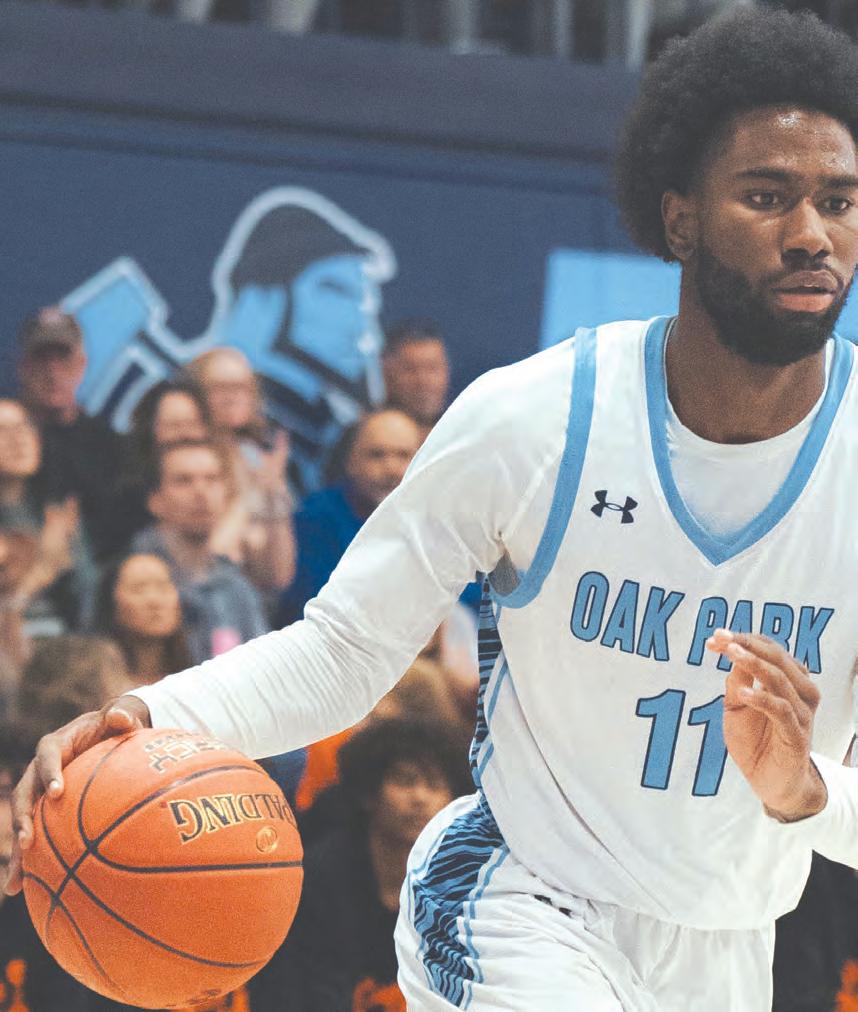
Sophomore forward 6-foot-9, 220 lbs. from Kinshasa, Democratic Republic of Congo


Last season: Bidunga entered the season as one of the top freshman post players in the nation on a team that also featured a returning All-American in Hunter Dickinson. He showed flashes of brilliance in the opening weeks and months of his college career, both in relief of Dickinson, especially when the fifth-year senior got ejected against Duke, as well as alongside him in two-big lineups. When KJ Adams got hurt, Bidunga posted a pair of double-doubles and scored 19 points against Houston, but he retreated from the spotlight when Adams returned to the lineup and shone down the stretch. Bidunga shocked KU fans by entering the transfer portal after the season, only to announce his return to the Jayhawks a week later. He will be the only scholarship player on the 2025-26 roster who played at all last season.
This season: With Adams and Dickinson gone, KU will count on a second-year leap from Bidunga to raise its ceiling during what will surely be its lone year with Darryn Peterson (who had said prior to arriving on campus that Bidunga was the teammate he was most looking forward to playing with). To make the most of his sophomore season, he’ll need to develop as a scorer after averaging just 5.9 points during his first collegiate season, as well as limit foul trouble, as he committed one foul per 7.3 minutes of playing time last year.
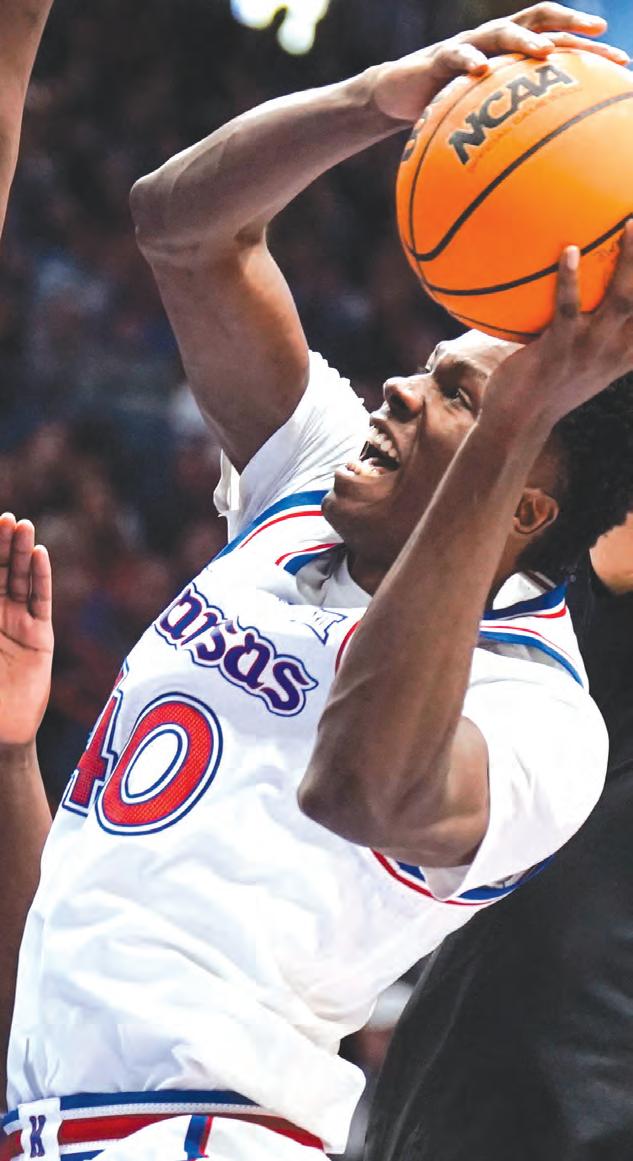
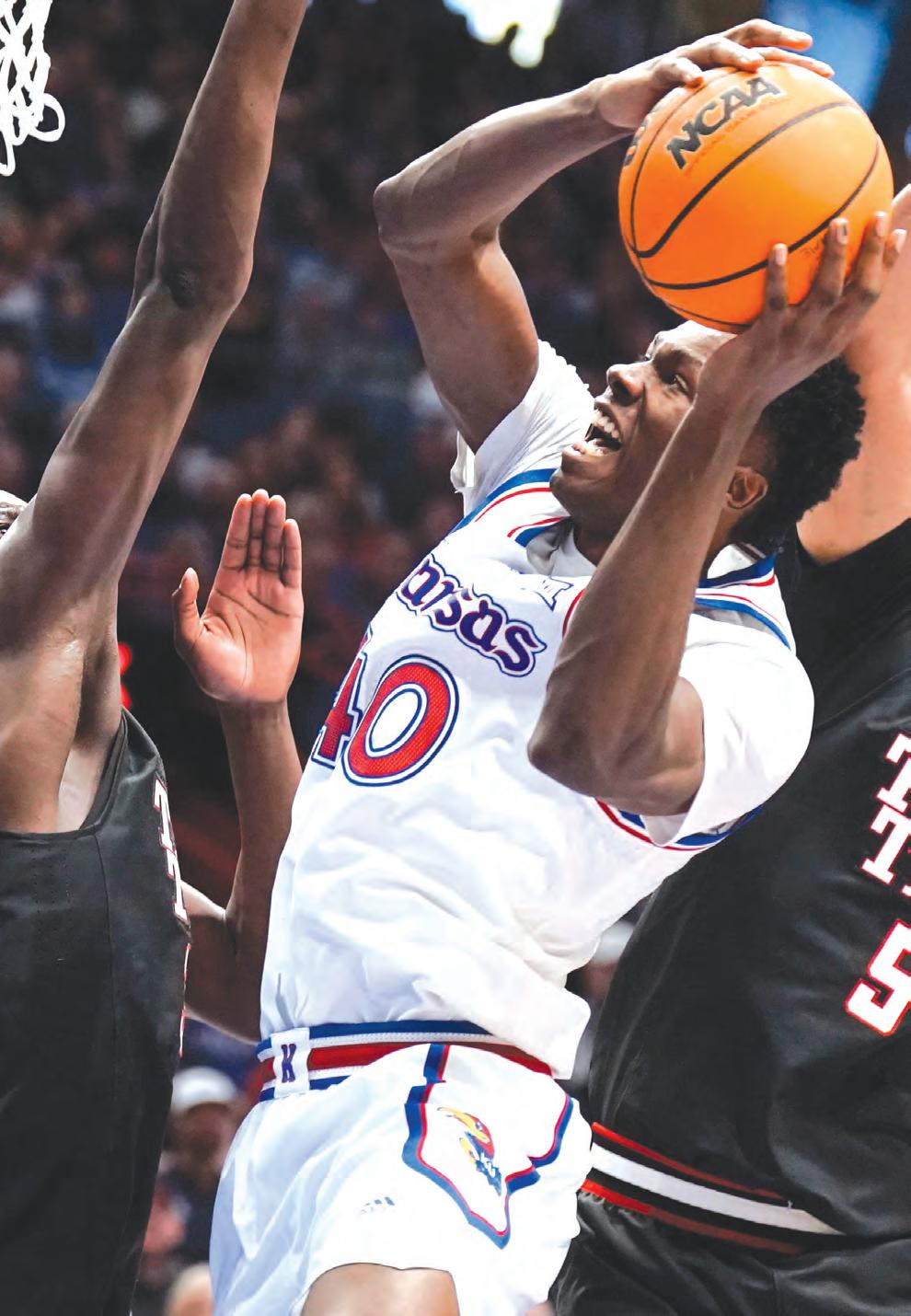
Freshman forward
6-foot-8, 200 lbs.
from Espirito Santo, Brazil


Last season: A November 2024 signee, Calderon played the 2024-25 season in Overtime Elite for Cold Hearts, tallying a modest 8.4 points and 5.5 rebounds in the regular season but elevating those numbers to 14.2 and 6.8 in playoff action. Calderon comes to the Jayhawks after two years at OTE and past experience representing Brazil at the youth level internationally; he will turn 21 during the first month of his freshman season.
This season: The tools are there for Calderon, who sports a 7-foot-2 wingspan and, according to Self, has been a “much better shooter than expected” since arriving on campus. The head coach had already referred to him as a future pro when he signed in November and said he could potentially have some traits in common with Kelly Oubre Jr. or a bigger Ochai Agbaji. The question is, as it is with several of KU’s non-Darryn Peterson freshmen, how quickly he will be able to contribute and in what capacity. One thing working in Calderon’s favor this season is that KU doesn’t have many wings, let alone with his length.





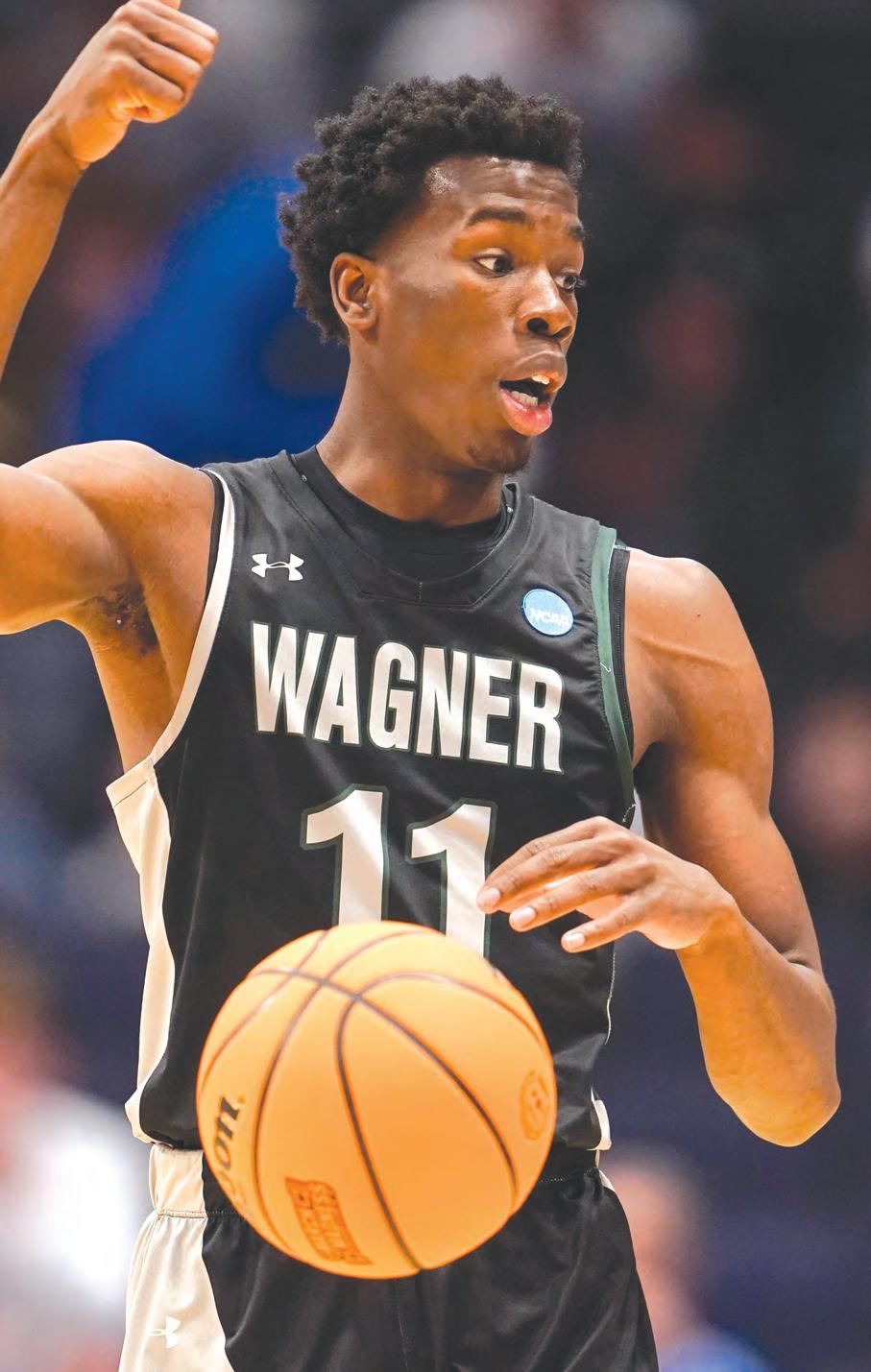


Last season: In his first and only year at St. Bonaventure, the former junior-college standout — he has an extra year due to the NCAA’s blanket waiver for past JUCO players — earned third-team all-conference honors, stuffing the stat sheet with 5.4 rebounds, 4.1 assists and 2.1 steals to go with his 14.6 points per game. Council had reportedly suggested postgame following the Bonnies’ NIT loss that he would come back for another season at St. Bonaventure, but he instead entered the transfer portal in late March and committed to KU in mid-April.
This season: Self has frequently compared Council to former KU guard Tyshawn Taylor “physically and athletically,” setting a high bar for the fellow Northeasterner in his lone year at KU. (Taylor, for what it’s worth, told Council when they met over the summer, “You’ll be better than me.”) Council has already endeared himself to Jayhawk fans with his “If you want to be a dog, you got to be a dog, because if you’re not a dog, you’re dog food” catchphrase; to continue to earn their affection he’ll need to display that highly competitive “dog” style of play on the court when games begin in November. Council hasn’t been much of a shooter during his college career, but his tenacity on defense and ability to get to the paint on offense should make him a major contributor for the Jayhawks.

Last season: Dawson led Loyola-Chicago in scoring with 13.9 points per game during the 2024-25 campaign, his third year with the Ramblers, as he gradually improved year over year. He rose to the occasion in the NIT with a 35-point showing in a one-point victory over San Francisco. After Loyola fell to eventual champion Chattanooga in the NIT Final Four on April 1, Dawson entered the portal the following day; a mere two days later, recruited by Self himself, he committed to KU, becoming the Jayhawks’ first acquisition of the offseason. In all, it was a very fast transfer process for Dawson, who did not have an agent and simply worked with his parents to pick his next destination.
This season: A big part of KU’s appeal to Dawson was the opportunity to play alongside Darryn Peterson, both because Peterson is “one of those generational athletes that you don’t really come across,” as Dawson put it, and because that talent will bring NBA general managers to watch Peterson, Dawson and the Jayhawks every night. They may be seeing a lot of Dawson this year because he is one of the team’s main proven shooters. He shot 36.3% from deep last year and has a career mark of 36.7%. Now, he has said he wants to show he can also come off ball screens, get to the basket and finish at the rim.



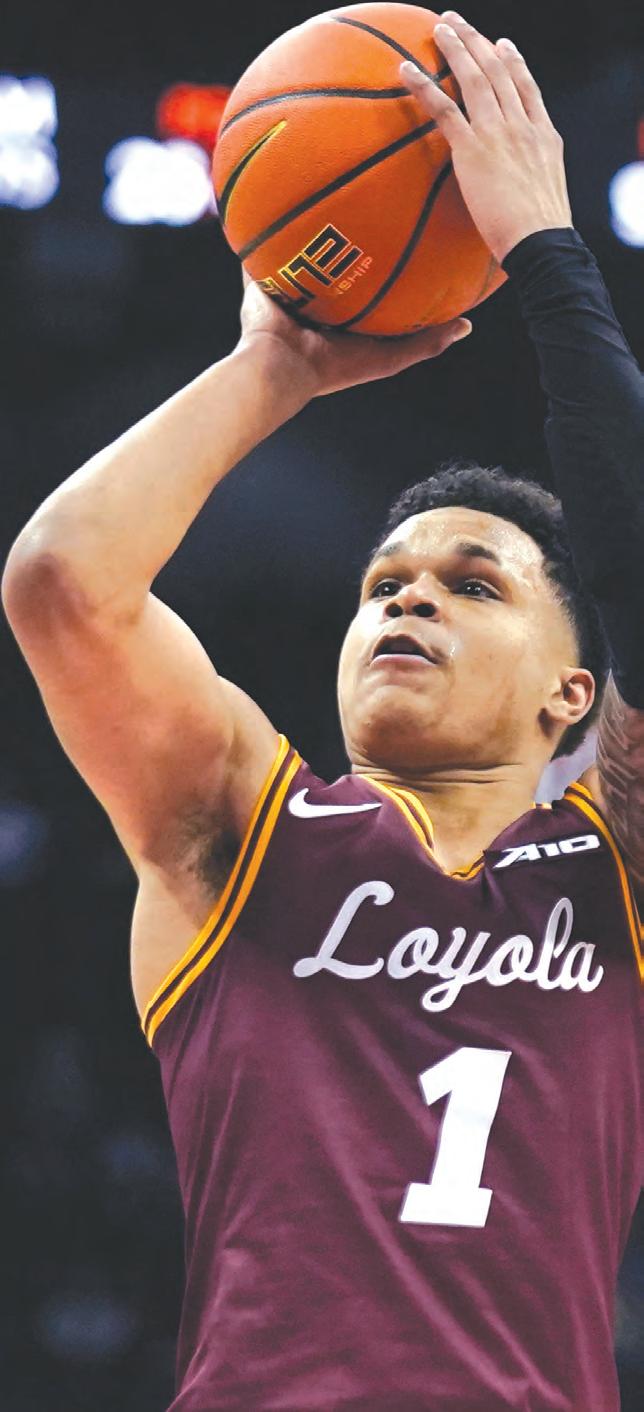
Redshirt sophomore guard
6-foot-3, 195 lbs. from Marlton, New Jersey
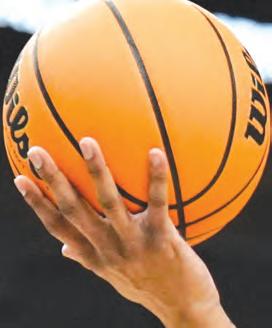

Last season: With the possible exception of the nowdeparted Zach Clemence, no player received as much positive buzz early last offseason than Jackson, as by early April 2024 Self was already saying, “You wouldn’t want to bet against this kid at all in year two.” However, that progress and the Jayhawks’ overall prospects suffered a significant setback two months later when Jackson tore his patellar tendon during a scrimmage at Self’s youth camp. Self later told The Athletic that Jackson would have been a starter during the 2024-25 season if not for the injury. Instead, Jackson had to spend a year learning from the sidelines.

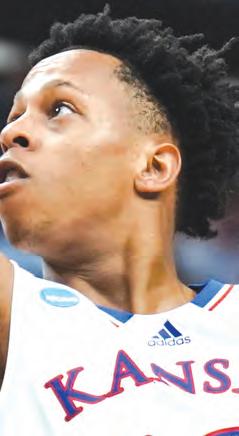

This season: Jackson’s athleticism, the quality that made him such a compelling and highly regarded prospect out of high school, has fully returned, to hear Self tell it. What he doesn’t have quite yet is a rhythm: “If you can imagine not doing something for a year and going out and trying to, it’s like there’s a checklist in his mind right now,” Self said. When he finds his groove, should again compete for a starting role in the backcourt, this time with transfers like Melvin Council Jr. and Jayden Dawson. Jackson didn’t really get to play as a point guard and ball handler during his true freshman season, but if he can improve in that regard he can alleviate Darryn Peterson’s responsibilities. He also has a key leadership role to play as, somehow, one of the longest-tenured scholarship Jayhawks along with Jamari McDowell.
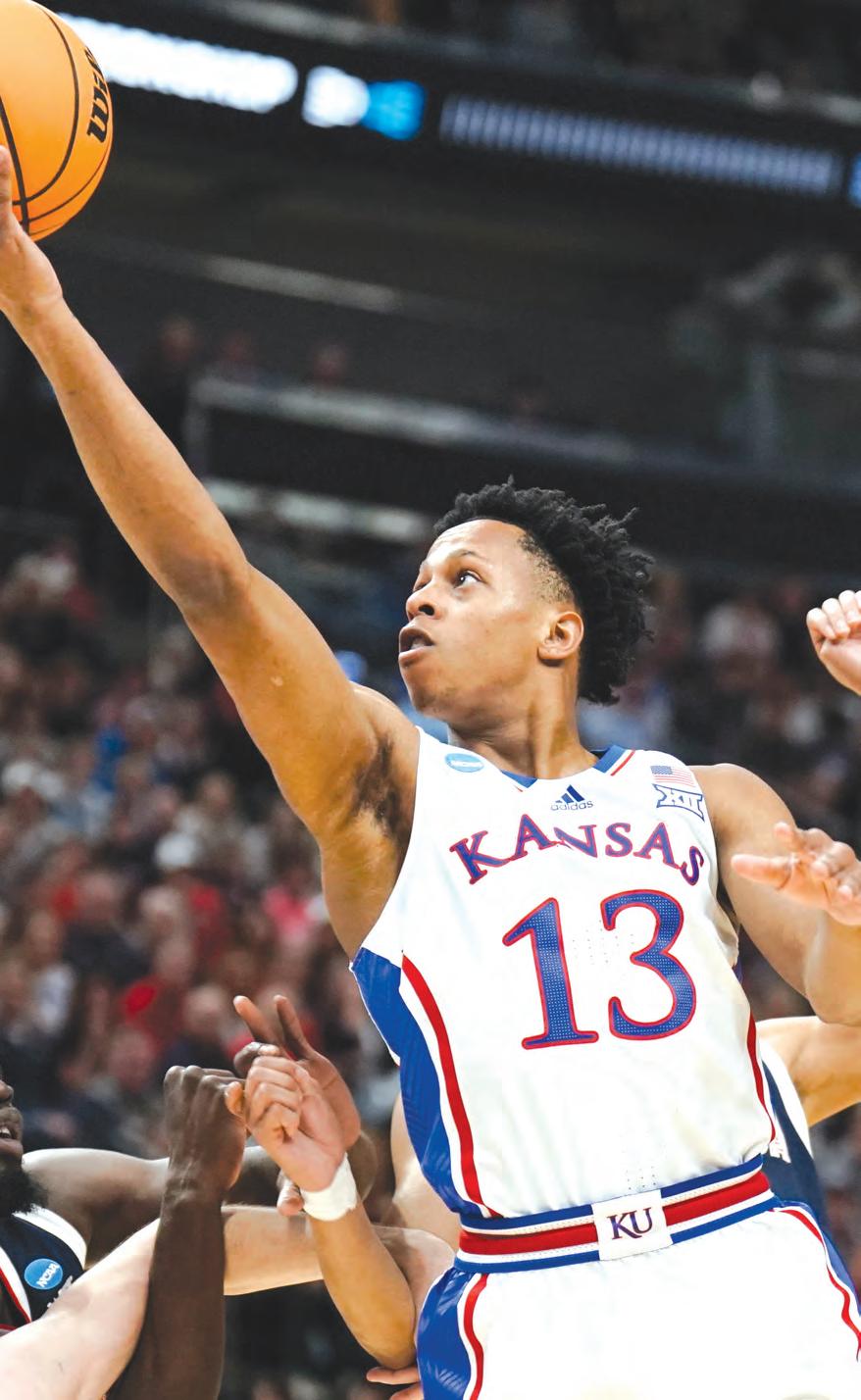
Freshman center
7-foot, 260 lbs. from Kinshasa, Democratic Republic of Congo
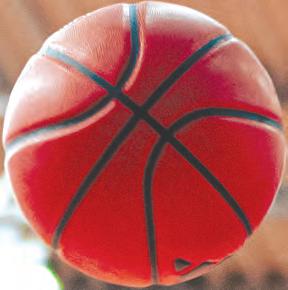


Last season: Albeit at the youth level, Mbiya averaged a double-double in the French under-21 league for ASVEL, a team based out of the suburbs of Lyon, France. The 7-footer posted 15.3 points and 11.7 rebounds to go with 3.0 blocks per game, although he only played sparingly with the senior team (36 minutes in 10 games across two competitions). He had spent multiple years in the ASVEL organization after previously taking part in the NBA Academy Africa. Mbiya, 20, signed with N.C. State in May before backing out of his commitment and joining KU instead in June.
This season: KU was linked to a variety of international big men before finding the backup center it was looking for in Mbiya, who has a whopping 7-foot-8 wingspan; Self said, “I’m really glad that we didn’t pull the trigger before then and waited for him to become available.”
Mbiya told 247Sports when he committed to the Jayhawks that he was eager to join forces with a fellow Congolese, that being Flory Bidunga, and it’ll be interesting to see if they strictly switch out for each other this season or if, provided he can get enough shooting from three guards, Self deploys them at the same time at any point for an incredibly long shotblocking frontcourt.

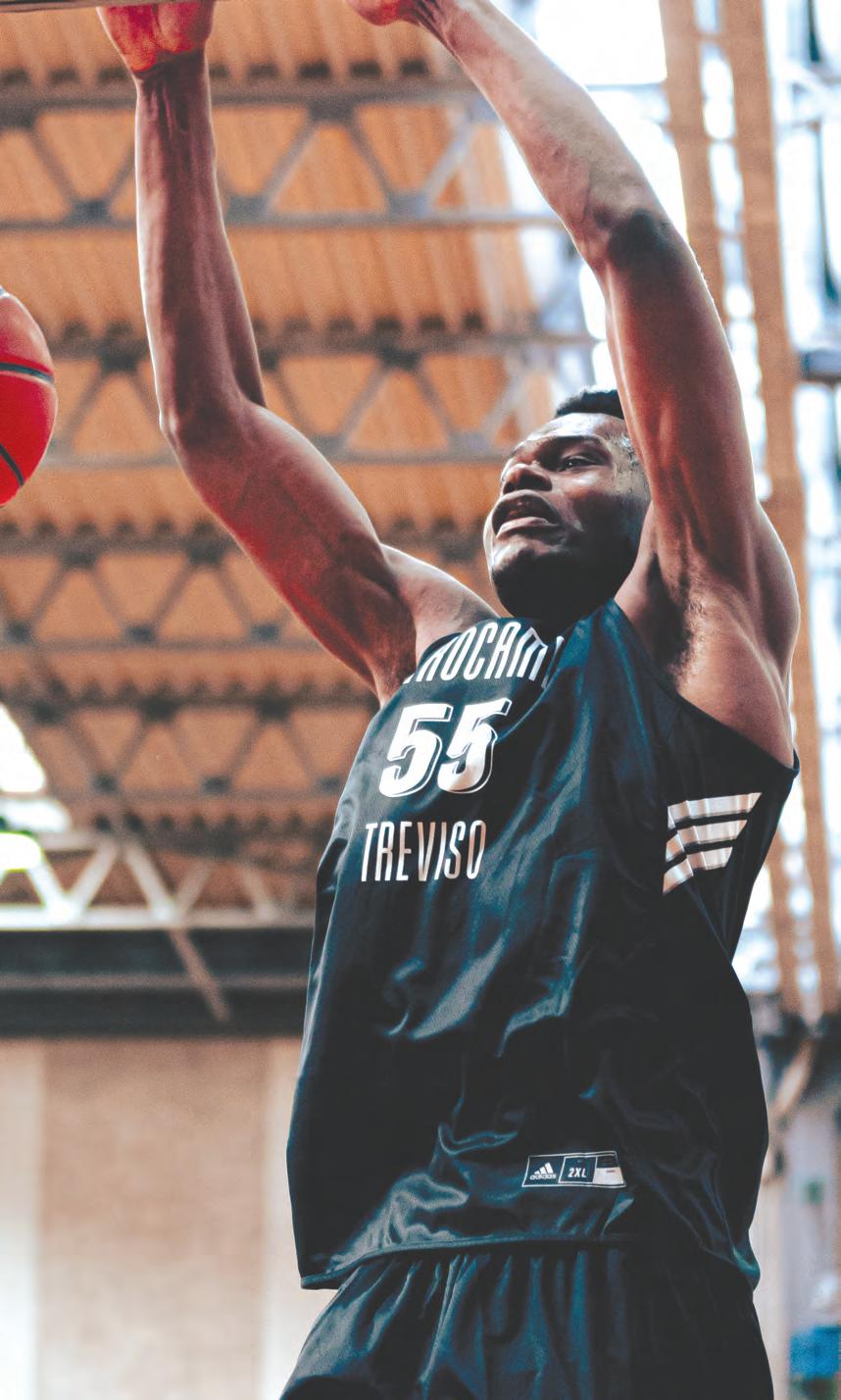
Redshirt sophomore guard 6-foot-4, 180 lbs. from Houston


Last season: After he was occasionally thrust into action as a freshman (when KU had very little depth on its 2023-24 team), McDowell decided to redshirt during his sophomore year in the program. Self had said prior to the start of the season that McDowell had demonstrated an apparent edge over transfers like Rylan Griffen and AJ Storr during practices, but that Griffen and Storr could surge ahead with more time to get adjusted. In the end, both of those transfers struggled, while McDowell spent his year on the sideline developing primarily mentally (becoming “stronger in my mind space,” as he said in February) and adding some weight.
This season: Could McDowell earn a place in the rotation this season? Once again, the KU staff added a pair of transfers whose roles as off-ball guards could put them in competition with McDowell in Melvin Council Jr. and Jayden Dawson, not to mention a promising freshman wing in Kohl Rosario. He might not be as consistent a shooter as Dawson or Rosario or as tenacious a defender as Council, but the advantage McDowell has, as he vies for playing time, is more time spent in Self’s system. He is the only scholarship player who has spent two full years on the team without being injured.
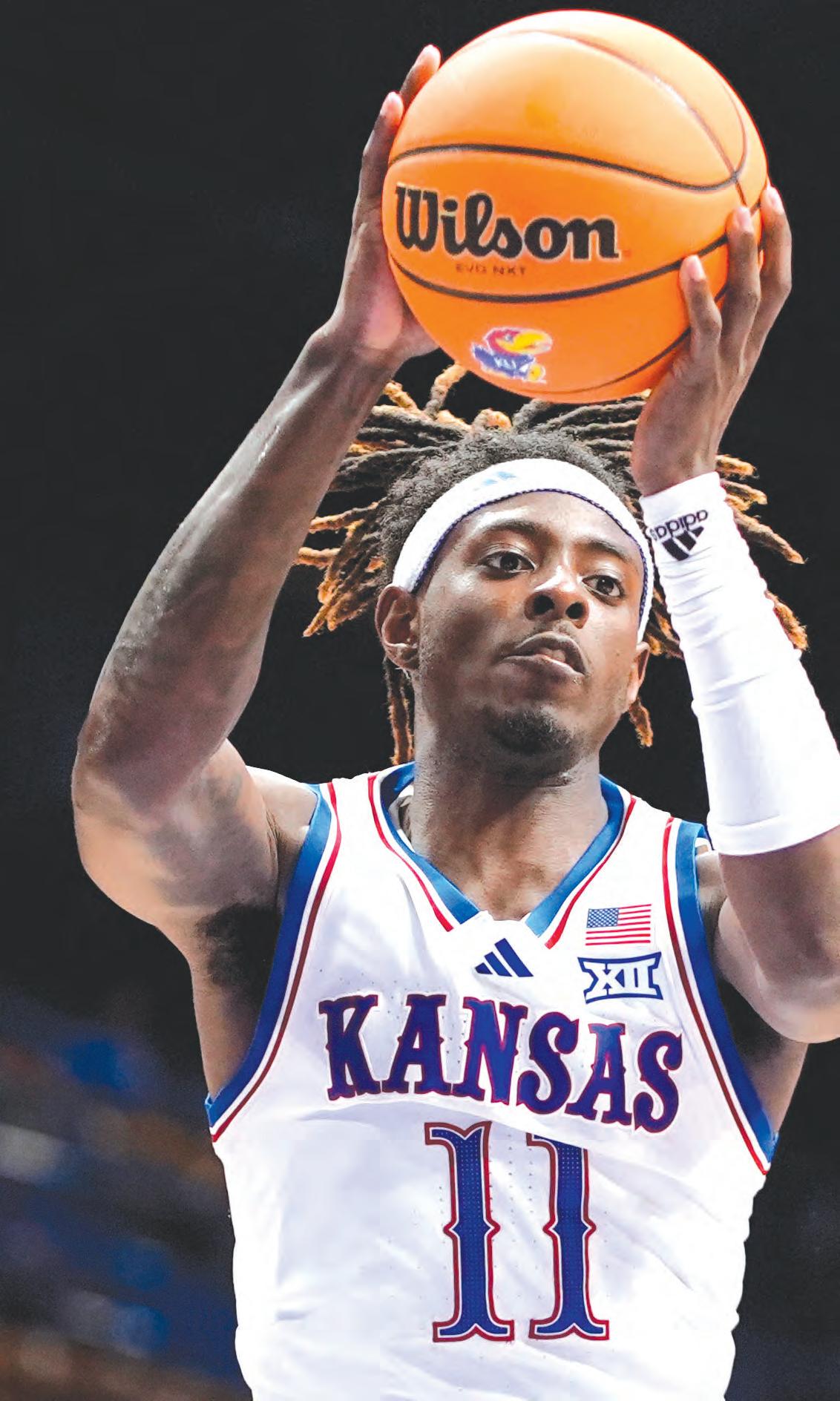
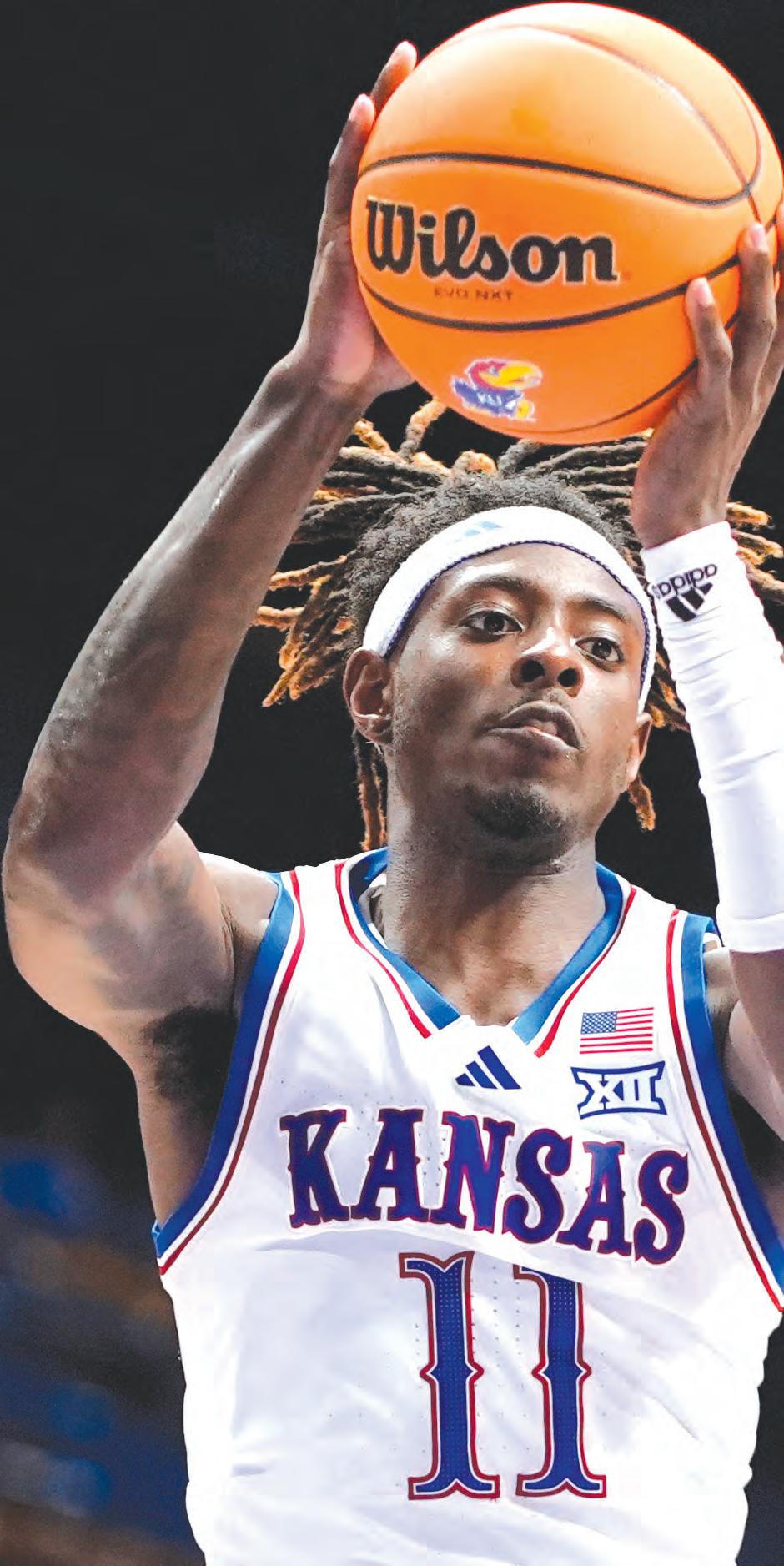

Graduate guard 5-foot-11,
175 lbs.
from Montreal, Quebec


Last season: Last season: Ngala transferred within the Canadian system of collegiate athletics from Dalhousie (in Halifax, Nova Scotia) to Laurentian (in Sudbury, Ontario) for his fourth of the five years of action that U Sports permits. In what turned out to be his lone season with the Voyageurs, he was named Laurentian’s male athlete of the year, as he averaged 14.9 points, 4.6 rebounds and 3.1 assists per game while shooting 39.2% from beyond the arc. His team improved from 4-18 before his arrival to 11-11 last season and won a playoff game for the first time in five years.
This season: The KU coaching staff identified Ngala long before it inked him as its 13th and final scholarship player for the 2025-26 season, marking the third consecutive year in which it has added a player in August. Ngala is more David Coit than Johnny Furphy. He’s a veteran guard — he turned 26 in April — with experience running an offense, and his shooting acumen will be particularly useful on a team with a lot of slashers. Also, he’s undersized at 5-foot11 but provides a level of quickness that KU’s bigger guards may lack. At Laurentian, his coaches had to teach him to lead a team; now he’ll have to learn how to make the most of a peripheral role. Self said he wasn’t recruited to be a starter, but to “play with starters.”


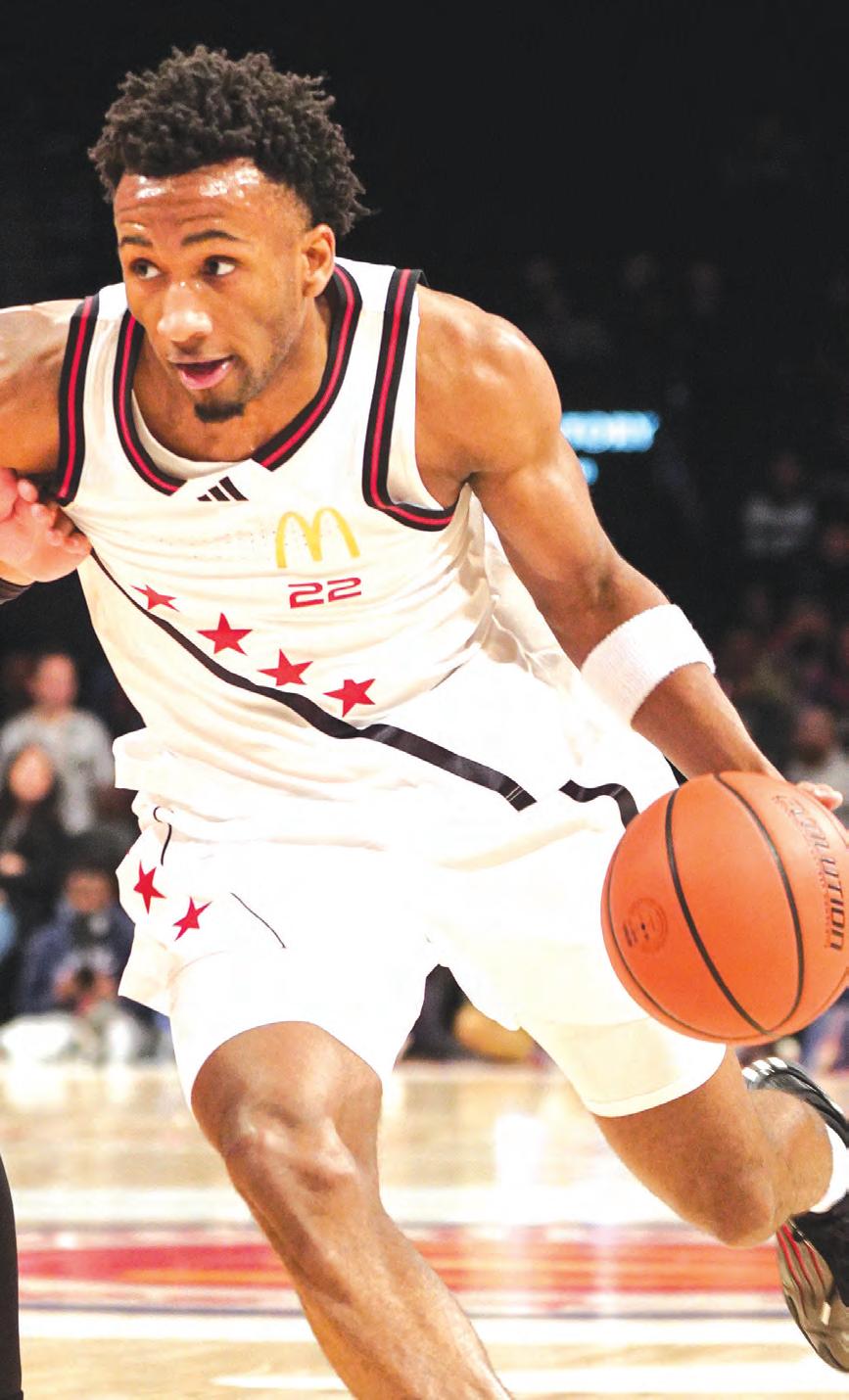

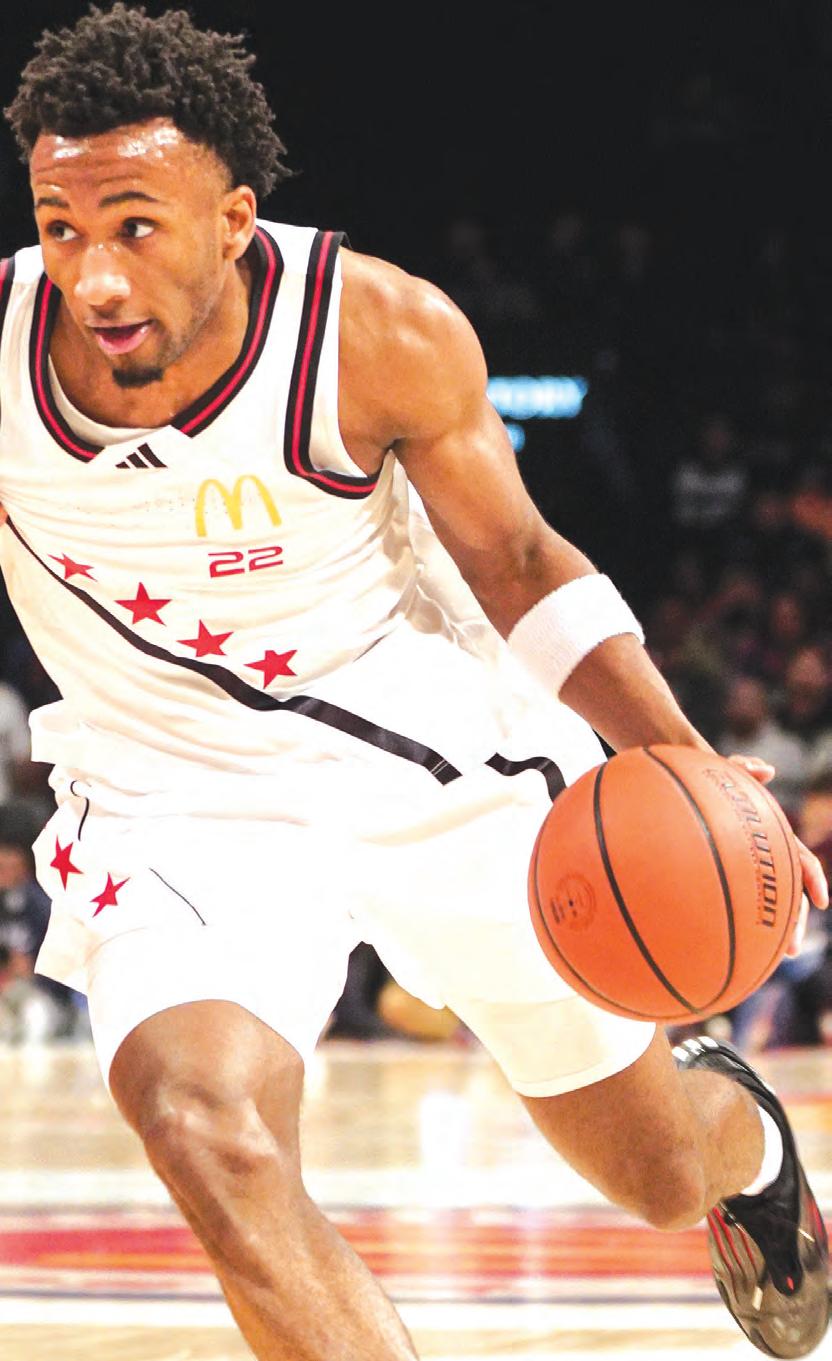
Freshman guard 6-foot-5, 195 lbs. from Canton, Ohio
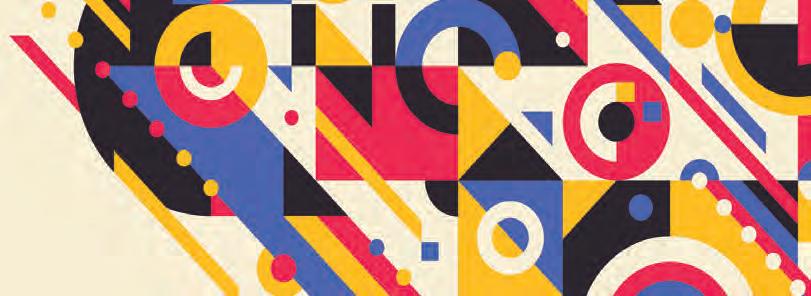

(a spot for which he had primarily competed with AJ Dybantsa, now of BYU). Playing at Prolific Prep out of Napa, California, Peterson posted an eye-popping 30.4 points (while shooting 52% from the field), 7.2 rebounds and 7.4 assists per game, leading his sixth-seeded team to the semifinals of Chipotle Nationals before its run came to an end on April 4.
This season: Self has not minced words about Peterson, heaping superlatives on his star freshman and repeatedly stating that Peterson is the best player he has ever recruited at KU. The Jayhawks’ success during the 2025-26 season will have a lot to do with how quickly Peterson can grow into leading a team, particularly when playing in an on-ball capacity (since KU doesn’t have a lot of true point guards) in his first and certainly only year at the collegiate level. He’s an unparalleled shot creator — “gifted with the ball in his hands,” Self says — with the athleticism and length to serve as a centerpiece on defense as well. The key, as Self has put it, is molding a team that can get the most out of Peterson’s talents and training Peterson to do the best he can to improve those around him.
Freshman guard
6-foot-5, 185 lbs. from Miami


Last season: As a member of the recruiting class of 2026, Rosario spent his season playing for YNG Dreamerz in Overtime Elite (making him one of a trio of former OTE players on this year’s KU roster), where he averaged 15.7 points, 5.6 rebounds, 2.1 assists and 1.8 steals per game. Self first watched him at Nike’s Elite Youth Basketball League in April and was told Rosario wasn’t going to reclassify to 2025 — only to learn the opposite a week later. Rosario’s recruiting took off in late May, though, following a strong EYBL and a 30-point, 10-for-10 display at the Adidas NextGen EuroLeague. He decided it was time to jump to the collegiate ranks — “If you’re the best person in the gym, you got to go to a different gym” — and specifically to do so at Kansas.
This season: During an August press conference, Self brought up Rosario as a player who had a great summer. That reflected similar effusive comments he had made in July after just a couple weeks of workouts with Rosario in which he compared him to Christian Braun and called him “a really good shooter” and, perhaps even more importantly for his prospective playing time as a freshman, “an unbelievable offensive rebounder.” Rosario’s high motor is a distinctive attribute cited by both teammates and coaches and could go a long way toward putting him in this year’s rotation, especially on a team that doesn’t have a lot of wings.
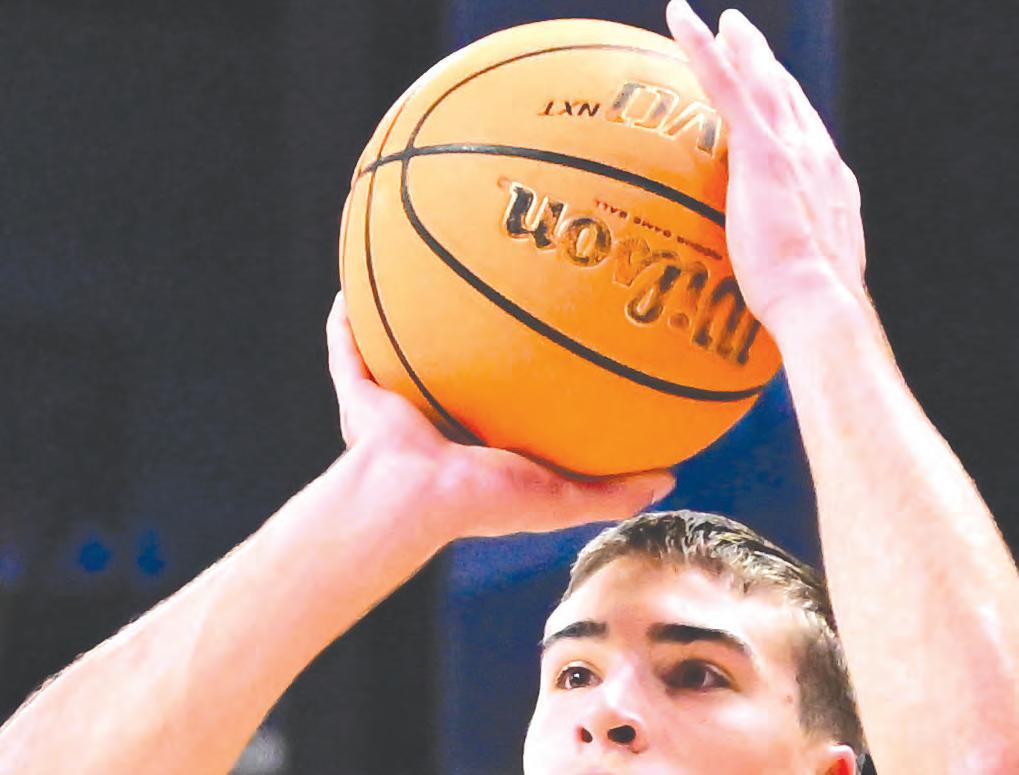
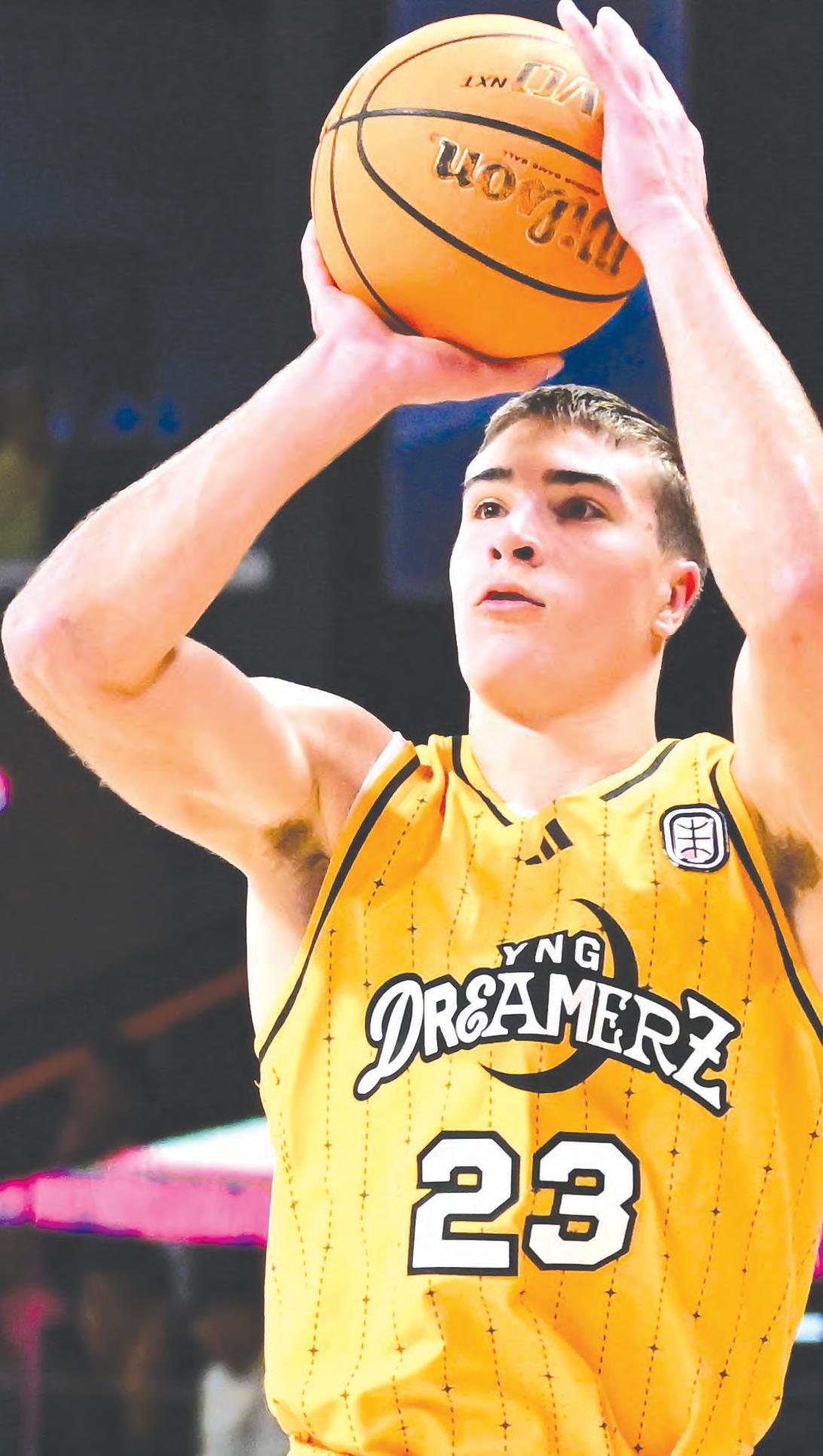
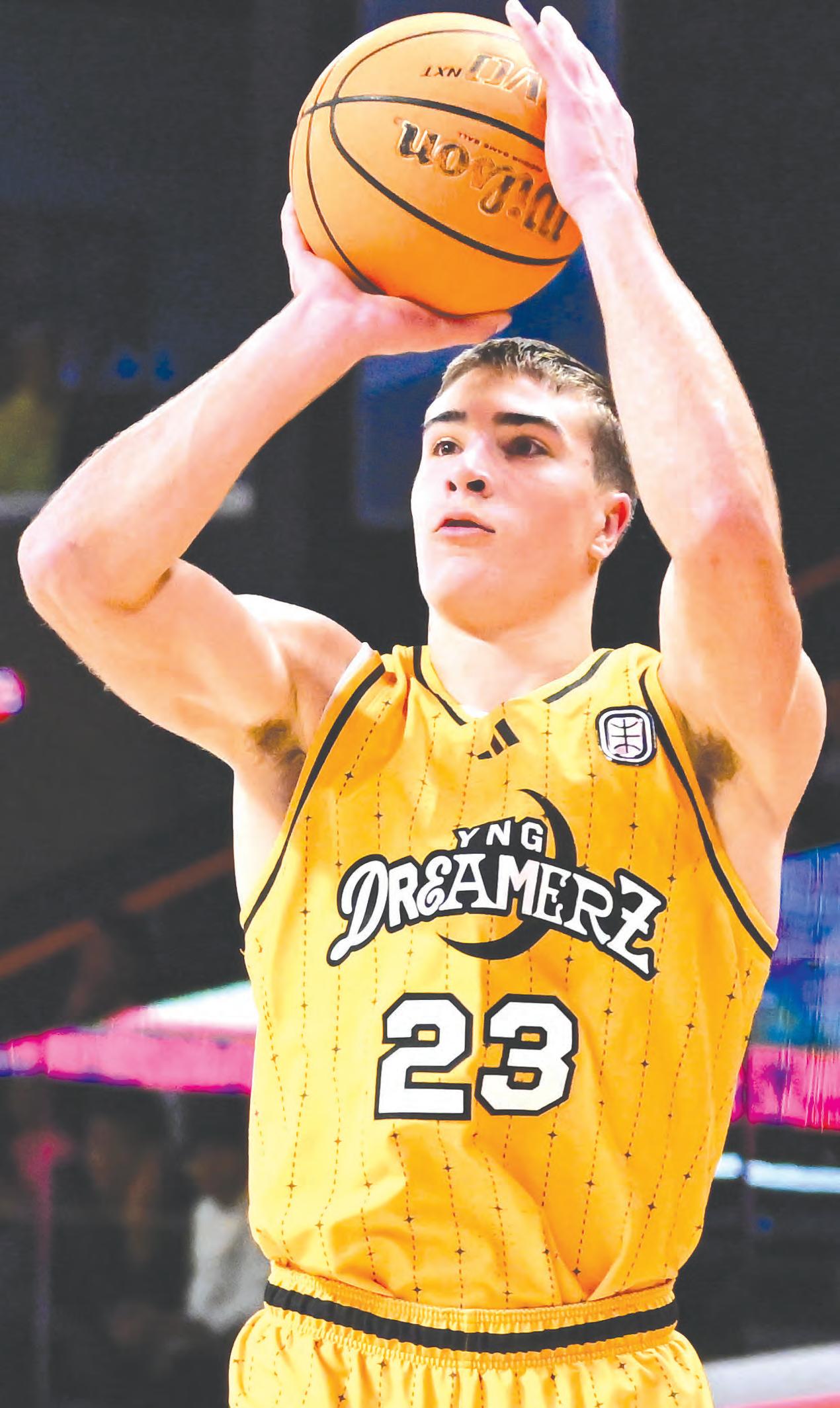


Last season: Still dealing with a nagging ankle injury suffered during the spring of 2024, Tiller decided to enroll early last winter and join the Jayhawks for the second half of the 2024-25 season. The idea was that he would use his redshirt season, get acclimated to KU’s scheme and culture and, once healthy, develop by practicing against veterans like KJ Adams and Hunter Dickinson and young upstarts like Flory Bidunga. However, Tiller instead had to undergo surgery and was using a mobility scooter at the end of the season. This season: He returned to action at the start of July, with Self calling him “100%” and praising his skill but noting that his timing was off (like Elmarko Jackson’s) and he would take some time to improve athletically. How quickly Tiller reattains his pre-injury form will clearly dictate how much of a role he can occupy on this year’s team. The Jayhawks don’t have a lot of true powerforward types on the roster, but with his size and length (including a 7-foot-3 wingspan) combined with a bit more face-up game than KU’s other post players, he could make for an intriguing complement in twobig lineups with Bidunga or Paul Mbiya. Self has said he also envisions Tiller playing center at times like Adams did during his own career with the Jayhawks. That role, though, seems less necessary in the short term after the midsummer signing of Mbiya.
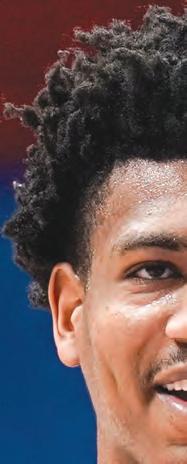
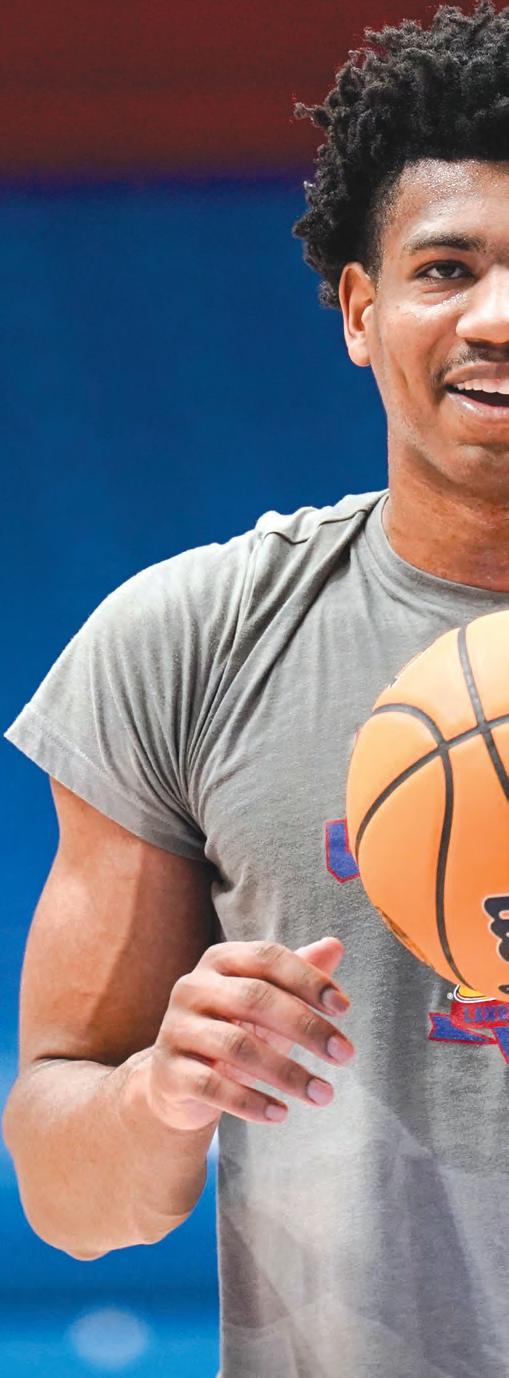
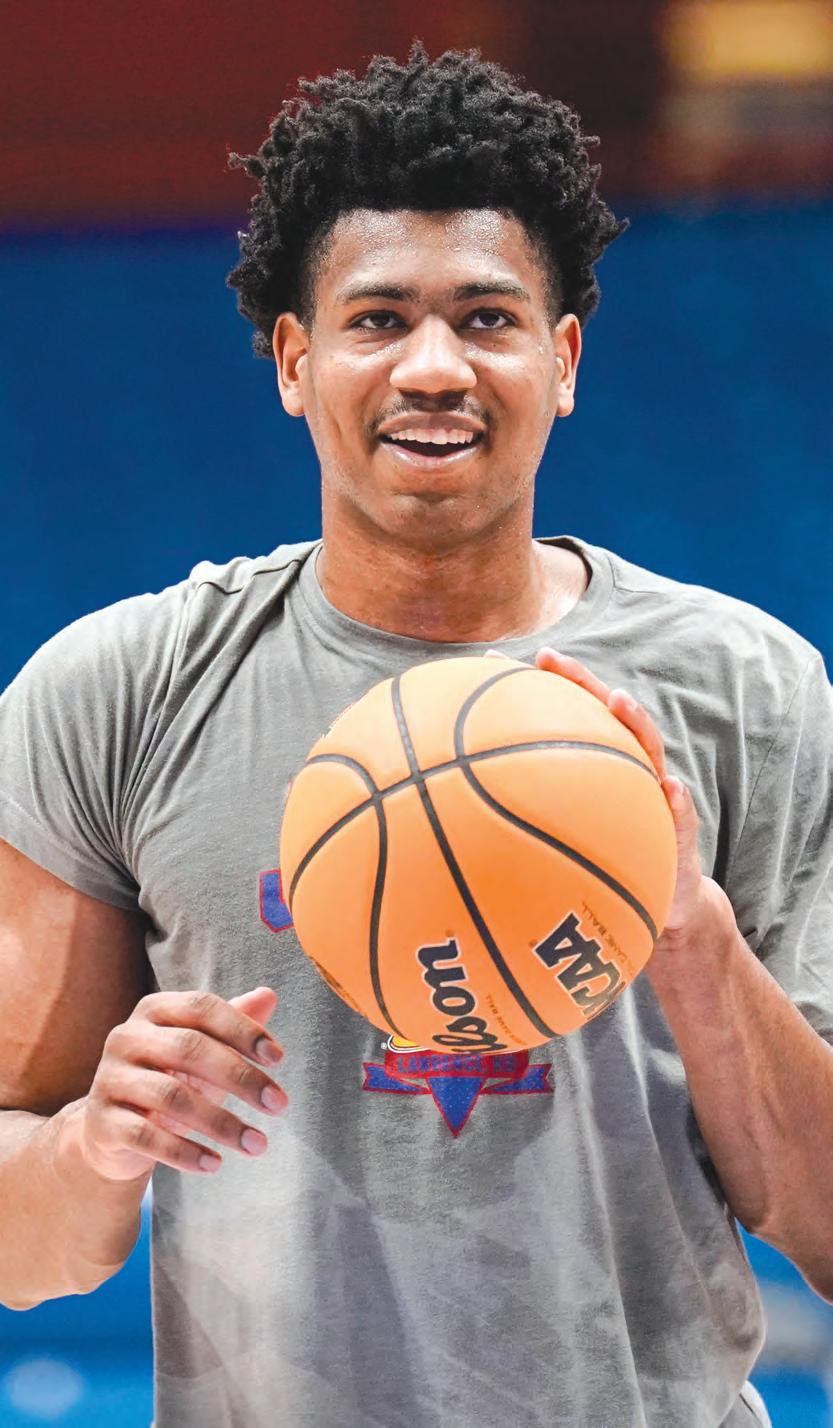
Senior guard
6-foot-7, 210 lbs. from


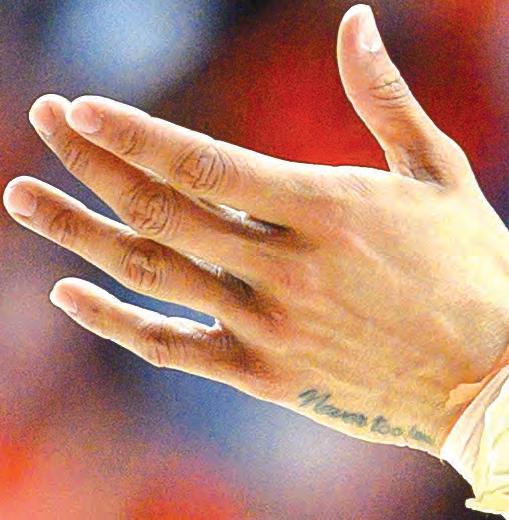
Last season: Playing for his third power-conference school in three years after USC and Louisville, White served as a “glue guy” at Illinois. The wing averaged 10.5 points and 5.5 rebounds as a consistent starter for the Illini, who reached the second round of the NCAA Tournament before falling to Kentucky. His scoring potential ebbed and flowed, as he scored at least 20 points three times in Illinois’ first five league games, didn’t clear 11 again until late February and then scored in double figures for five consecutive games. White entered the portal in late March and then joined KU a week later, circling back to a school he had once been committed to for several months following his freshman year of high school.
This season: White continues to embrace his status as a jack of all trades, something he credits his father for helping him develop when he was a young basketball player. This year, his final year in college, the Jayhawks will likely need him to spend most of his time playing as a big wing at the power forward spot, at least depending on how quickly players like Samis Calderon and Bryson Tiller progress. Early indications are that Self has been impressed with White; the head coach has said that (like Calderon) he’s a better shooter than expected and that he had the best summer overall of KU’s three spring transfers.






WILL THENGVALL
Sophomore guard 6-foot-5, 185 lbs. from Wichita
WILDER EVERS
Redshirt junior guard 6-foot-4, 195 lbs. from Birmingham, Alabama
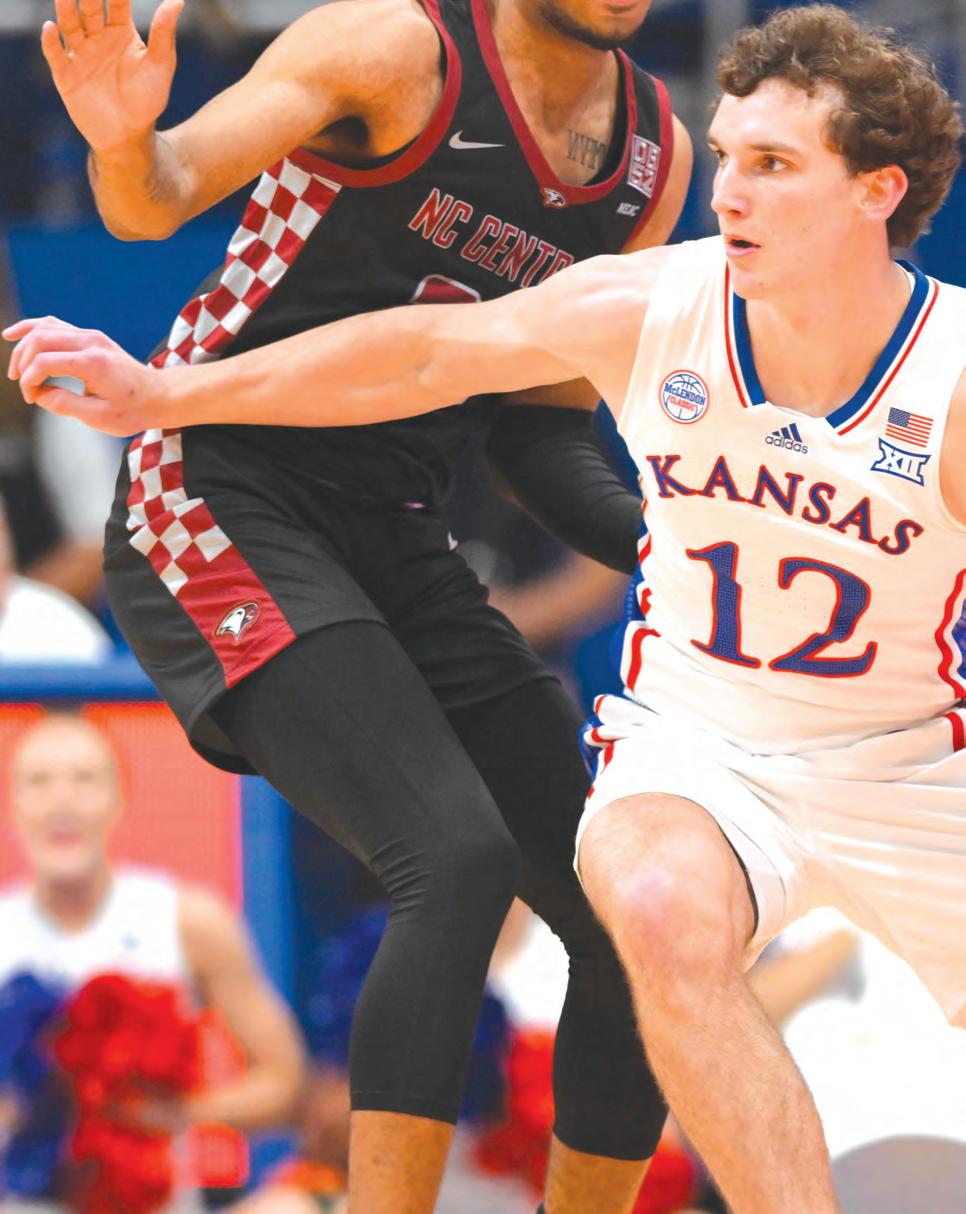
JUSTIN CROSS
Redshirt senior forward 6-foot-8, 200 lbs. from Oak Park, Illinois






KANSAS HOOPS PREVIEW
Kansas
CONTINUED FROM PAGE 5
How will the Jayhawks handle their brutal schedule?
Self has bluntly referred to this year’s nonconference slate as “one of the most challenging non-conference schedules that anyone will play,” and it’s hard to argue with that label.
The 2024 slate featured many of the same early-season
opponents, but now KU has to go play some of those same teams on the road, such as North Carolina and a resurgent N.C. State. The Jayhawks will face Duke for the second straight year, this time in the Champions Classic rather than the Vegas Showdown, but they will still make it to Las Vegas for three games, potentially on three straight days, against Notre Dame, Syracuse and a yet-unknown third opponent. With UNC on the road, KU had a spot for a marquee home game this year and decided to
invite back UConn, the winner of the 2023 and 2024 titles.
And that’s to say nothing of Missouri, which KU won’t have the benefit of hosting at Allen Fieldhouse after last year’s upset at Mizzou Arena as the game moves to a neutral site, or a capable set of mid-majors like Davidson, Princeton and Towson.
A nonconference gantlet is nothing new for Self’s KU teams, but this one could be particularly grueling given the relative inexperience of this year’s squad. It might be one that needs to round into
form later in the season, given that the roster is effectively starting from scratch with six freshmen, three sophomores and four transfers (three from lower levels of college basketball). Because Jackson and McDowell both sat out last season as Bidunga debuted, by the way, none of these players other than Jackson and McDowell have ever taken the floor for a game together. The second time they do so will be in the Smith Center against the Tar Heels; they will learn a lot about themselves quickly.
Kansas at N.C. State
Dec. 13 at the Lenovo Center in Raleigh, North Carolina
This game lacks the gravitas of the blue-blood battles KU will have endured by this late juncture in its nonconference slate, but it features some intriguing personnel ties.
KU’s freshman center Paul Mbiya, an international recruit from the Democratic Republic of the Congo who played professionally in France, was signed to N.C. State before switching to KU. N.C. State’s premier transfer acquisition, forward Darrion Williams, was not only an offseason target of the Jayhawks’ after he withdrew from the NBA Draft, but has also tormented KU each of the past two seasons. In February 2024, he scored 30 points on 12-for-12 shooting as Texas Tech routed KU in Lubbock; the next year, he hit a tiebreaking 3-pointer with less than two minutes remaining as the Red Raiders beat the Jayhawks in Allen Fieldhouse.
The Wolfpack’s roster, freshly constructed by new head coach Will Wade (formerly of McNeese State and LSU), also includes a
variety of other familiar faces from last season, like Terrance Arceneaux (Houston), Tre Holloman (Michigan State) and Ven-Allen Lubin (North Carolina). What it does not include is anyone, besides reserve guard Paul McNeil, who played a significant role on last year’s team — the Kevin Keatts-coached group that lost 7560 to KU in Lawrence in the first half of this home-and-home.
Wade’s inaugural, transferladen group also includes a couple of players who followed him from McNeese in Alyn Breed and Quadir Copeland, as well as three freshmen headlined by Matt Able, a four-star guard from Tampa, Florida, who put up 20.4 points per game during his senior year at Sagemont Prep.
KU has won 13 consecutive matchups against N.C. State, including all four in Raleigh. This could be one of the Jayhawks’ tougher tasks against the Wolfpack.
Honorable mentions
l Kansas vs. just about anyone at the Players Era Festival in Las Vegas, Nov. 26-27 — The Jayhawks’ first two matchups at the MGM Grand Garden Arena, against Notre Dame and Syracuse, don’t quite match the levels of excitement and anticipation of the rest of their nonconference slate.
But their yet-undetermined third opponent, assuming that the tour nament organizers stay away from intraconference matchups, could be someone quite compelling, like Alabama, Auburn, Creighton, Gonzaga, Michigan, Maryland, Tennessee or St. John’s, among other possibilities.
l Kansas vs. Missouri at the T-Mobile Center in Kansas City, Missouri — The Tigers’ first-round NCAA Tournament exit may have put a bit of a damper on their 2024-25 season, but it was still a remarkable turnaround as they went 2212 and 10-8 in a remarkably competitive SEC after losing every league game the prior year. One of the defining accomplishments of Dennis Gates’ third season at the helm was taking down then-No. 1 KU, as the Jayhawks, who had won nine of the prior 10 meetings with the Tigers, cut their second-half deficit from 24 points to two but still fell 76-67 at a raucous Mizzou Arena. This year’s rematch will have a different environment, as it takes place at a neutral site, the first time the two teams have met for a regular-season game outside of Lawrence or Columbia since 1977.
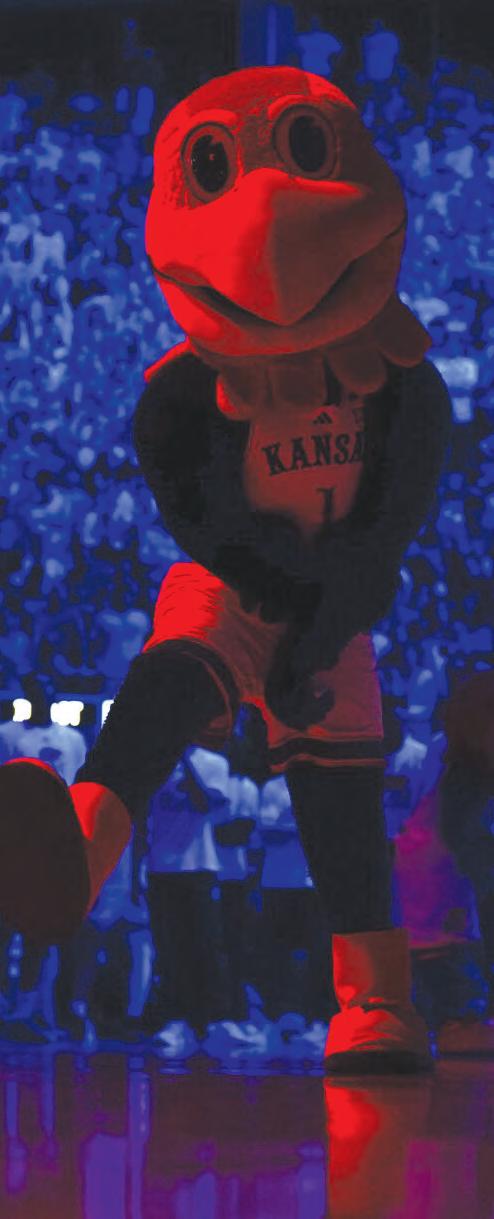

Proudly supporting Crimson and Blue fans from far and wide. We’ve got you covered. Home, auto, business, liability — whatever your insurance needs. We’re the local pros who can help.
Kansas’ schedule
Friday, Oct. 24: at Louisville (exh.)
Tuesday, Oct. 28: vs. Fort Hays State (exh.)
Monday, Nov. 3: vs. Green Bay
Friday, Nov. 7: at North Carolina
Tuesday, Nov. 11: vs. Texas A&M-Corpus Christi
Saturday, Nov. 15: vs. Princeton
Tuesday, Nov. 18: vs. Duke in New York City
Monday-Thursday, Nov. 24-27: Players Era in Las Vegas
Tuesday, Dec. 2: vs. UConn
Sunday, Dec. 7: vs. Missouri at T-Mobile Center
Saturday, Dec. 13: at N.C. State
Tuesday, Dec. 16: vs. Towson
Monday, Dec. 22: vs. Davidson
Saturday, Jan. 3: at UCF
Tuesday, Jan. 6: vs. TCU
Saturday, Jan. 10: at West Virginia
* Home games are highlighted in gold.
Tuesday, Jan. 13: vs. Iowa State
Friday, Jan. 16: vs. Baylor
Tuesday, Jan. 20: at Colorado
Saturday, Jan. 24: at Kansas State
Saturday, Jan. 31: vs. BYU
Monday, Feb. 2: at Texas Tech
Saturday, Feb. 7: vs. Utah
Monday, Feb. 9: vs. Arizona
Saturday, Feb. 14: at Iowa State
Wednesday, Feb. 18: at Oklahoma State
Saturday, Feb. 21: vs. Cincinnati
Monday, Feb. 23: vs. Houston
Saturday, Feb. 28: at Arizona
Tuesday, March 3: at Arizona State
Saturday, March 7: vs. Kansas State


